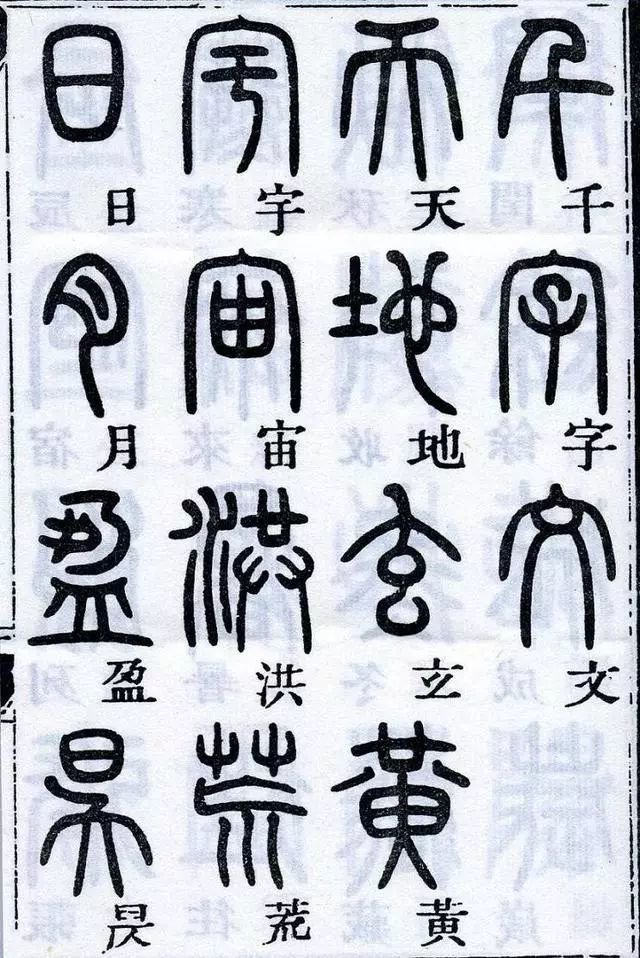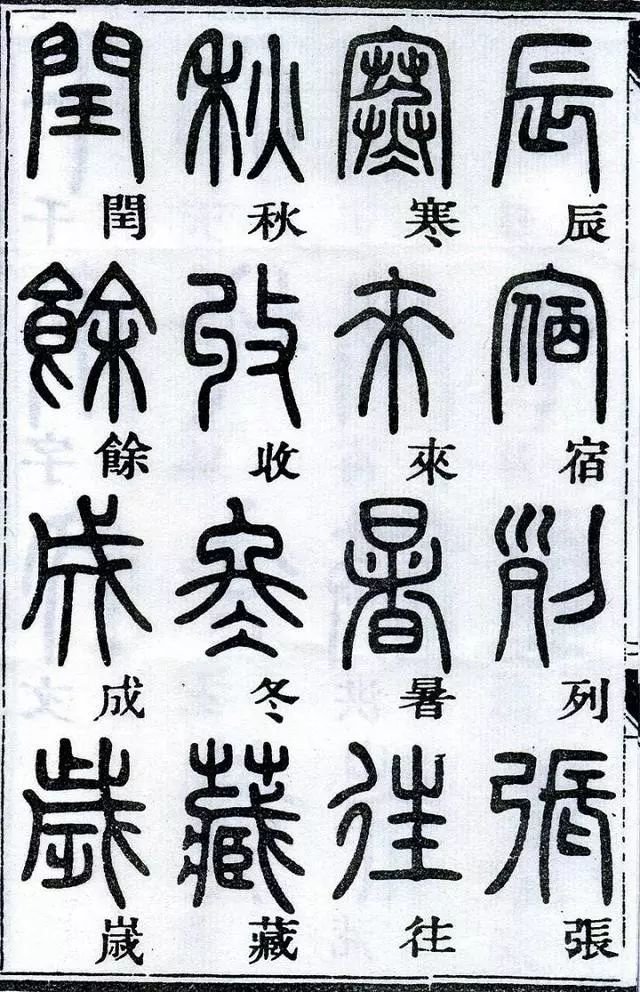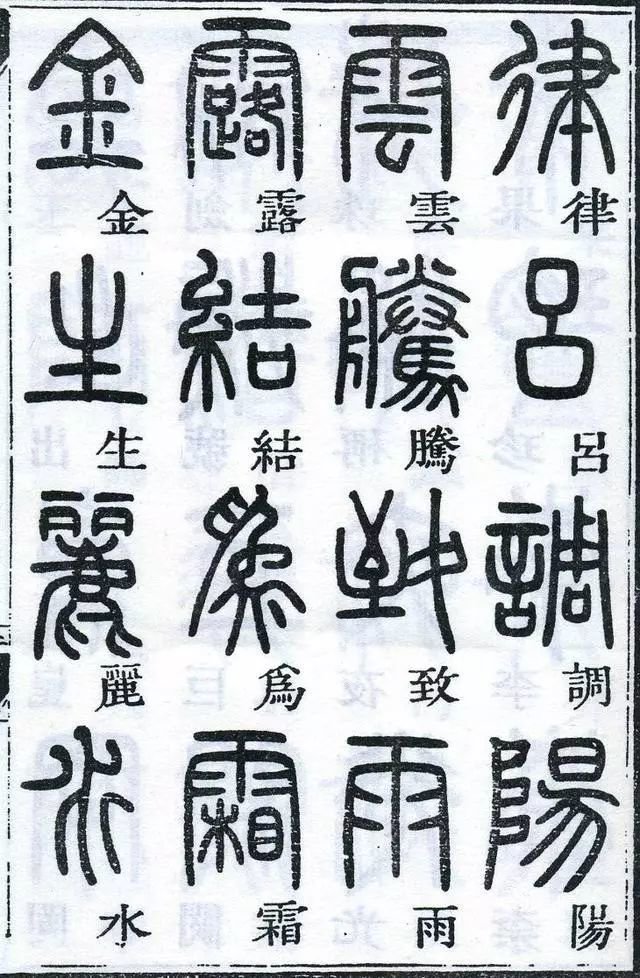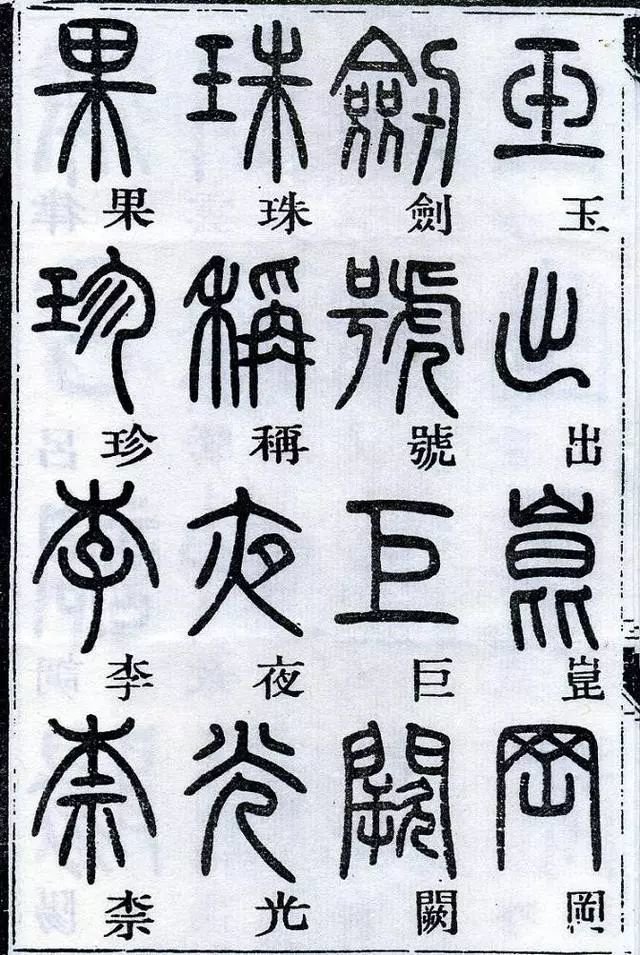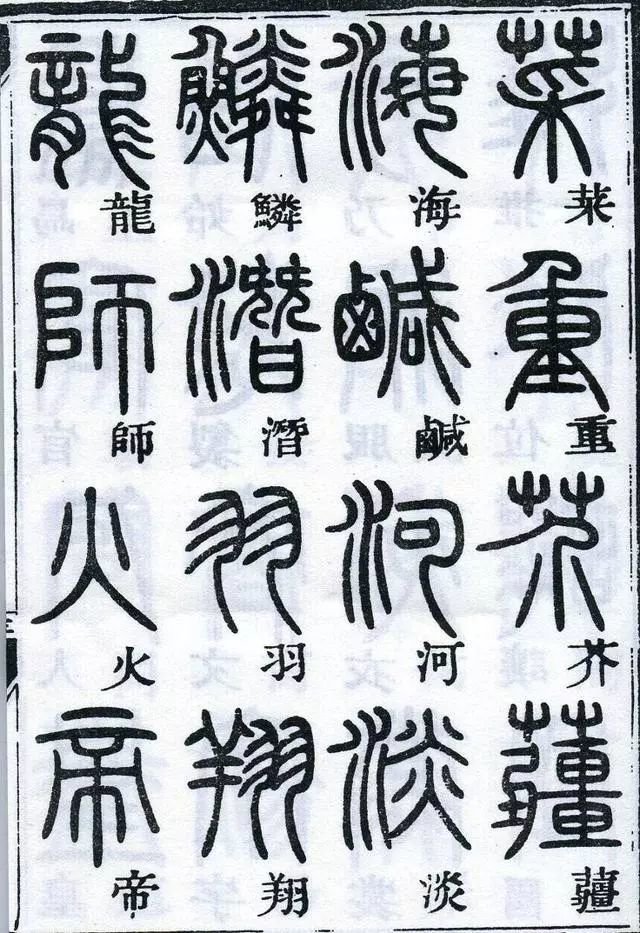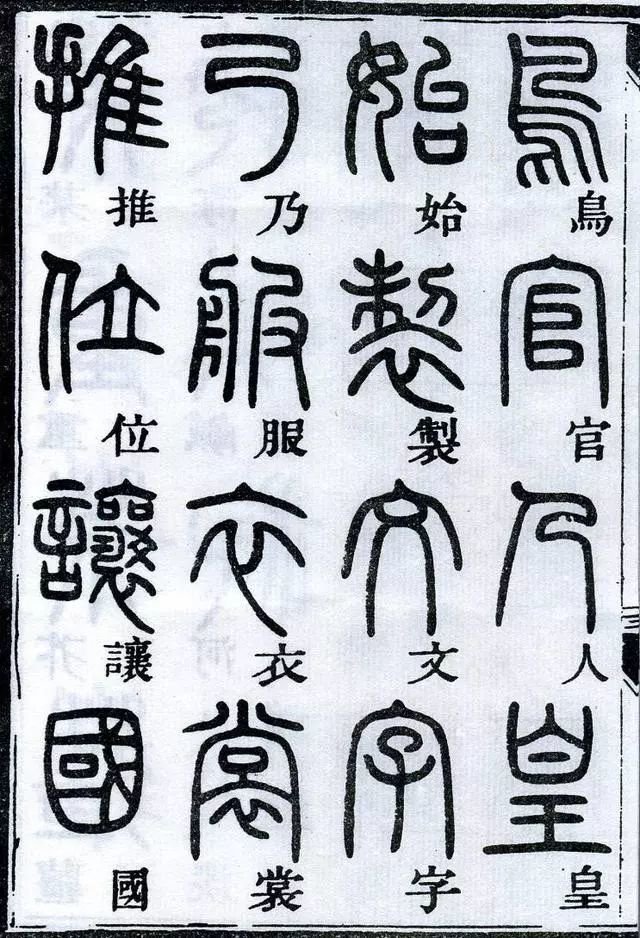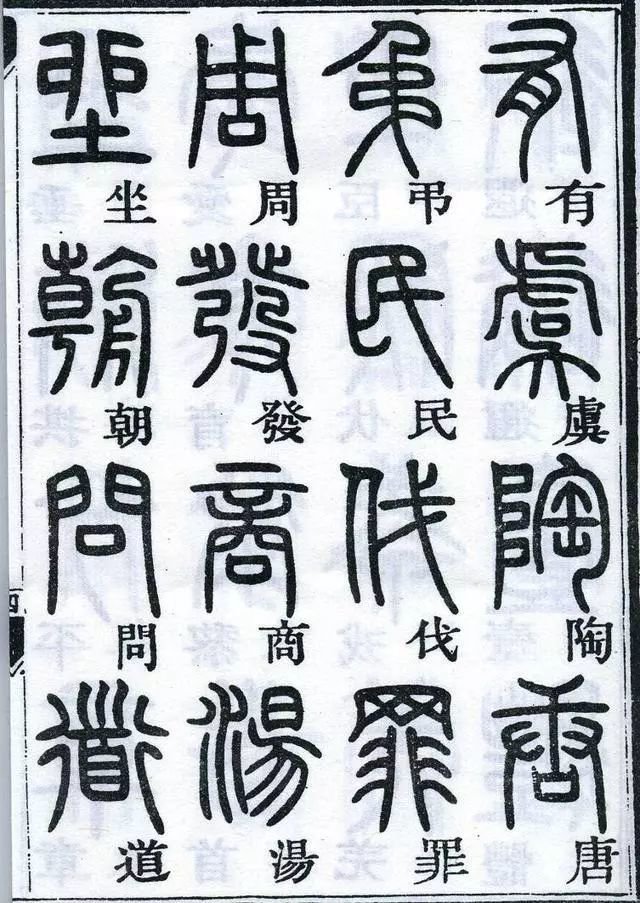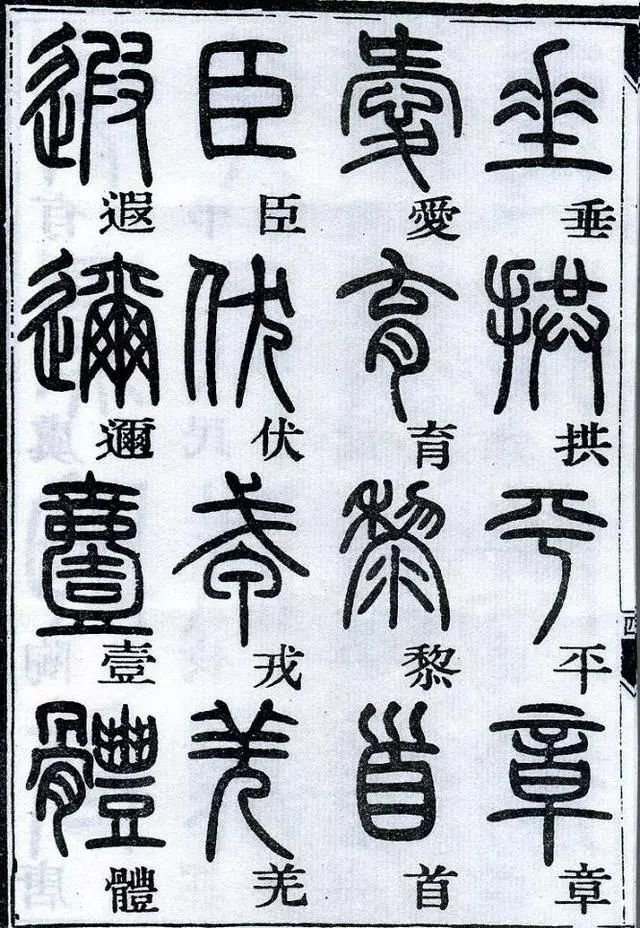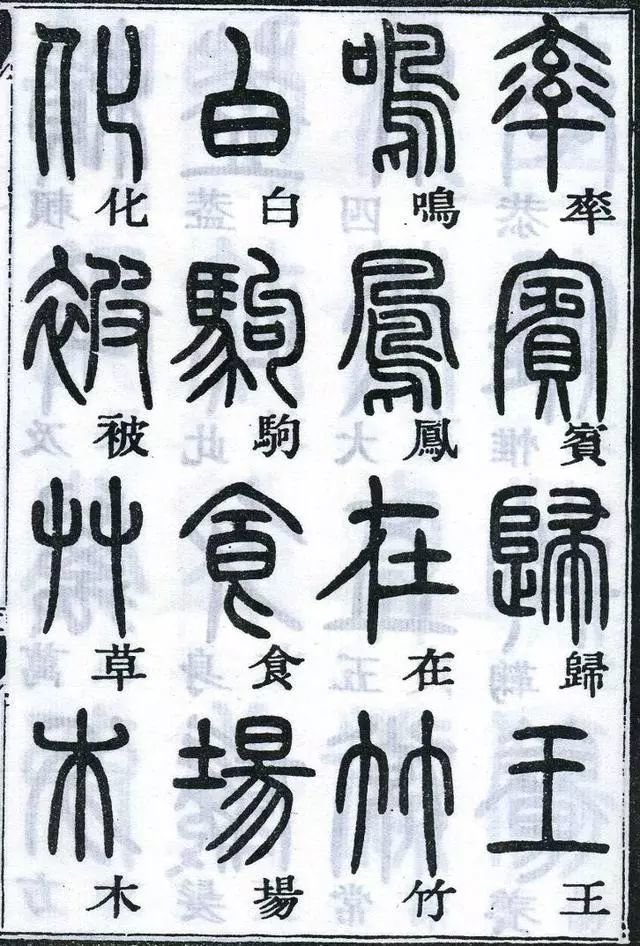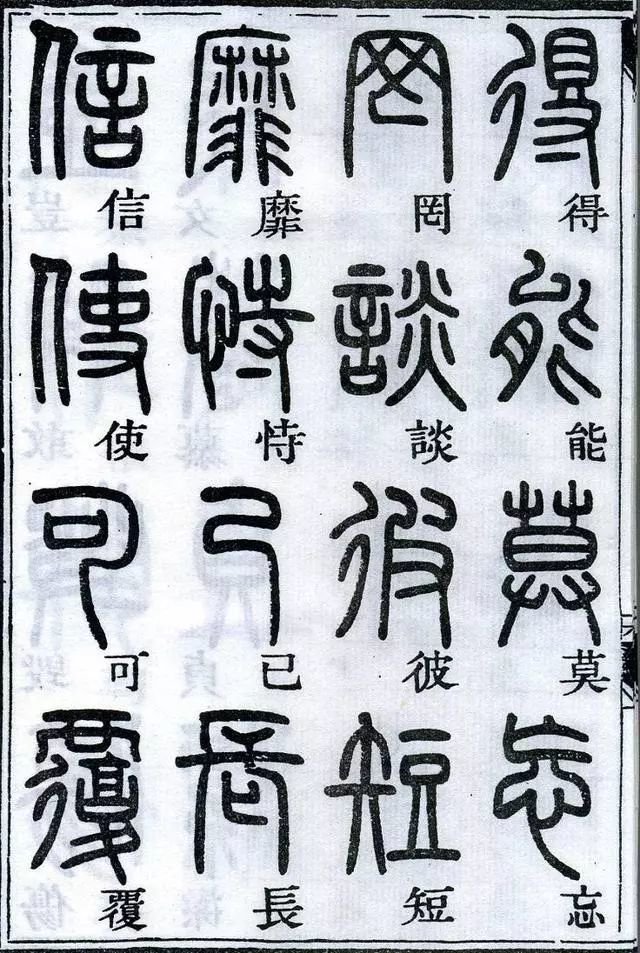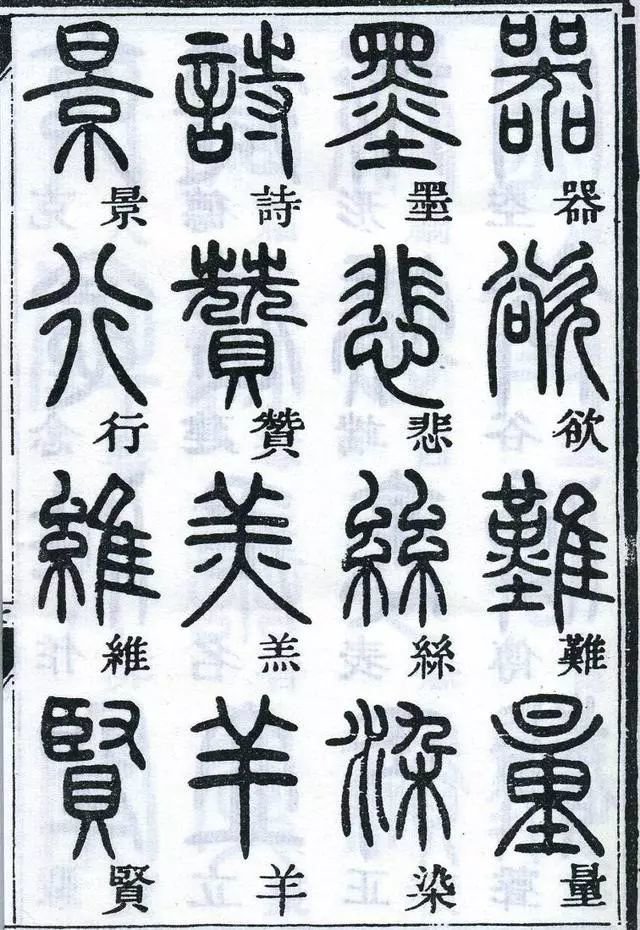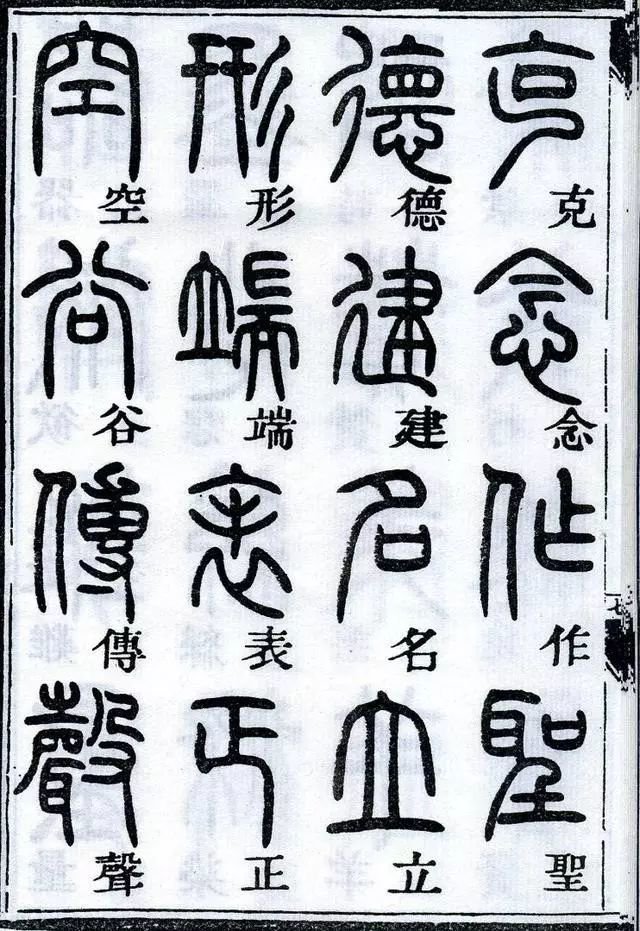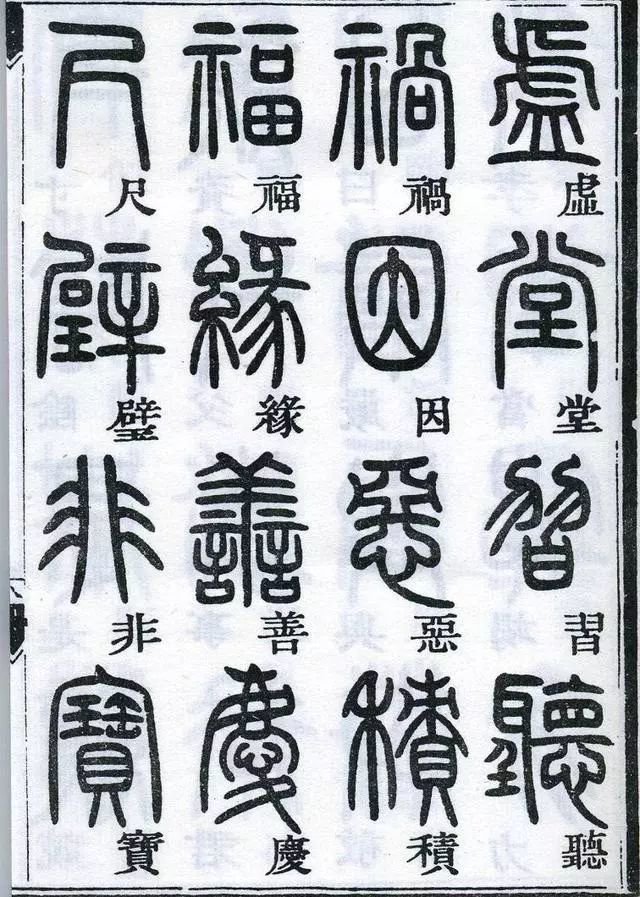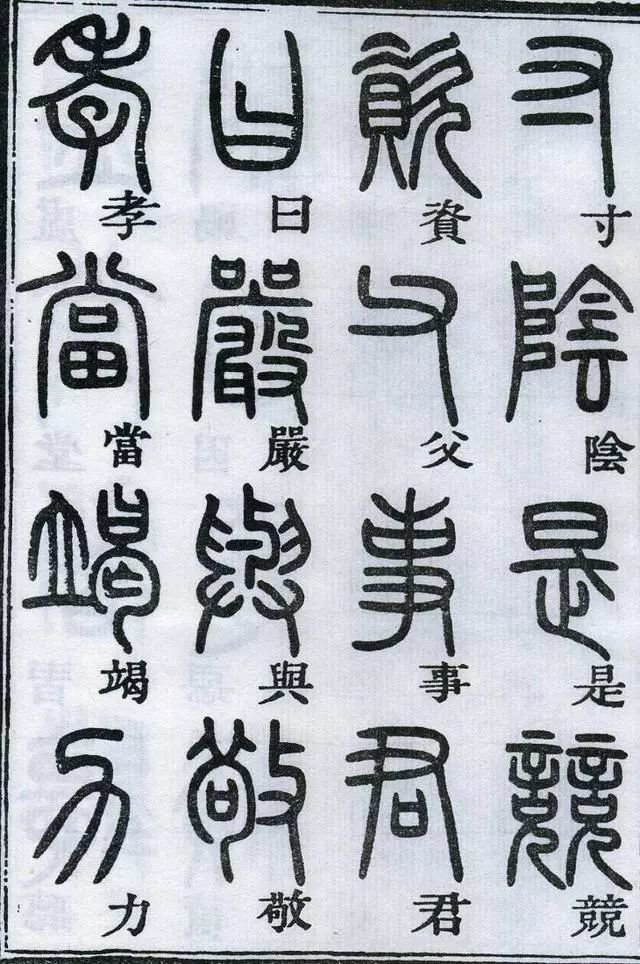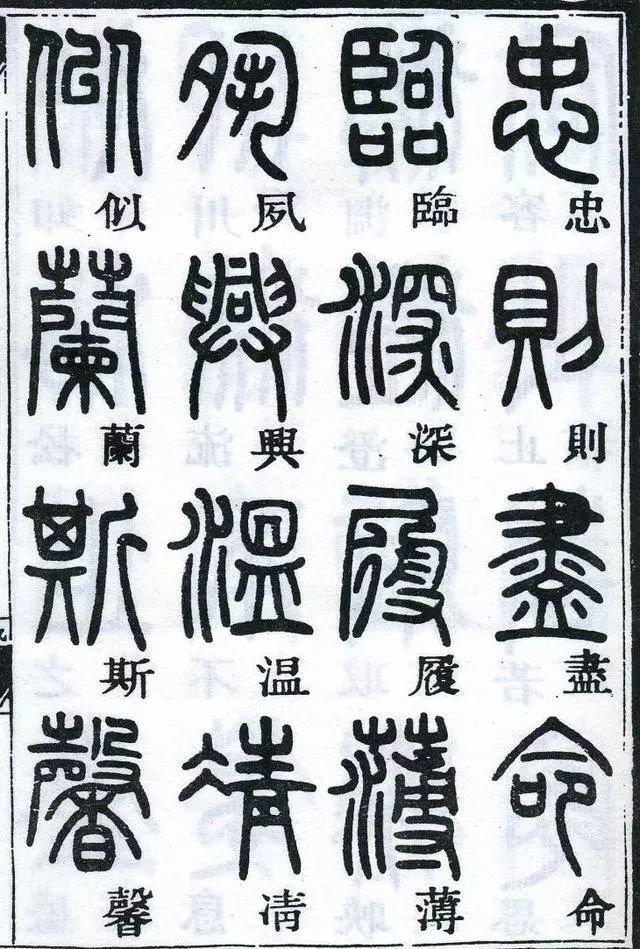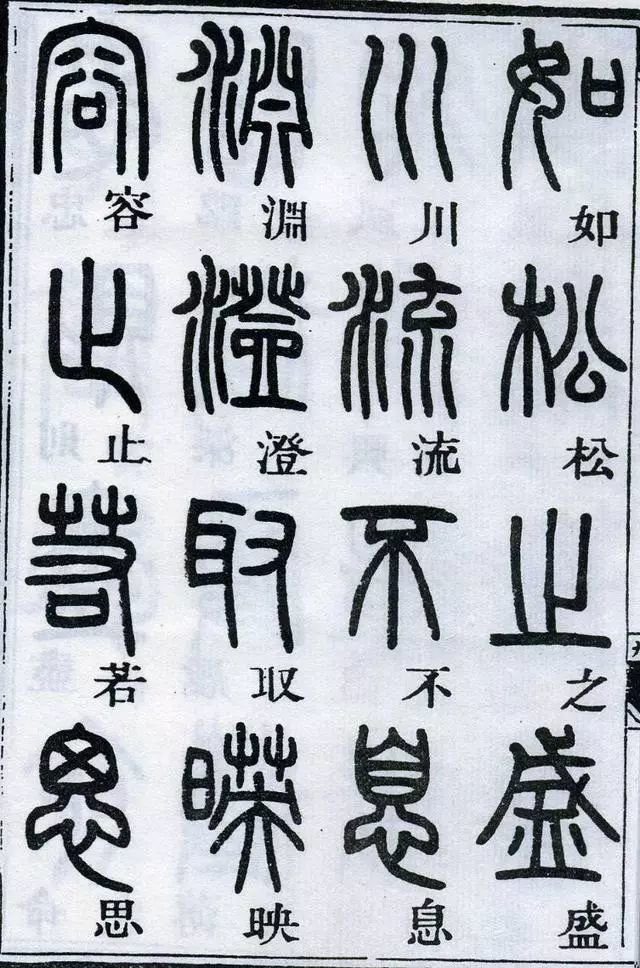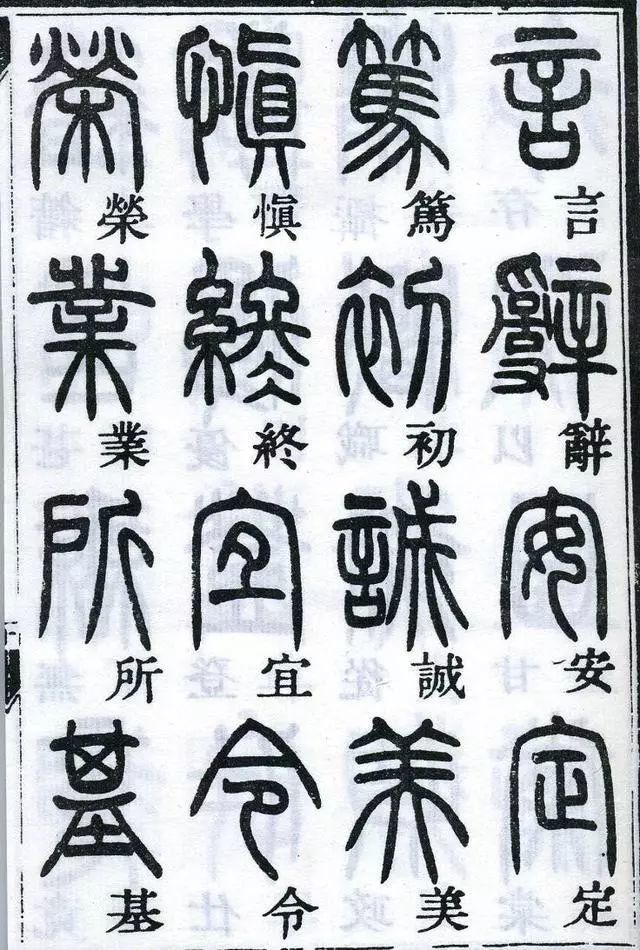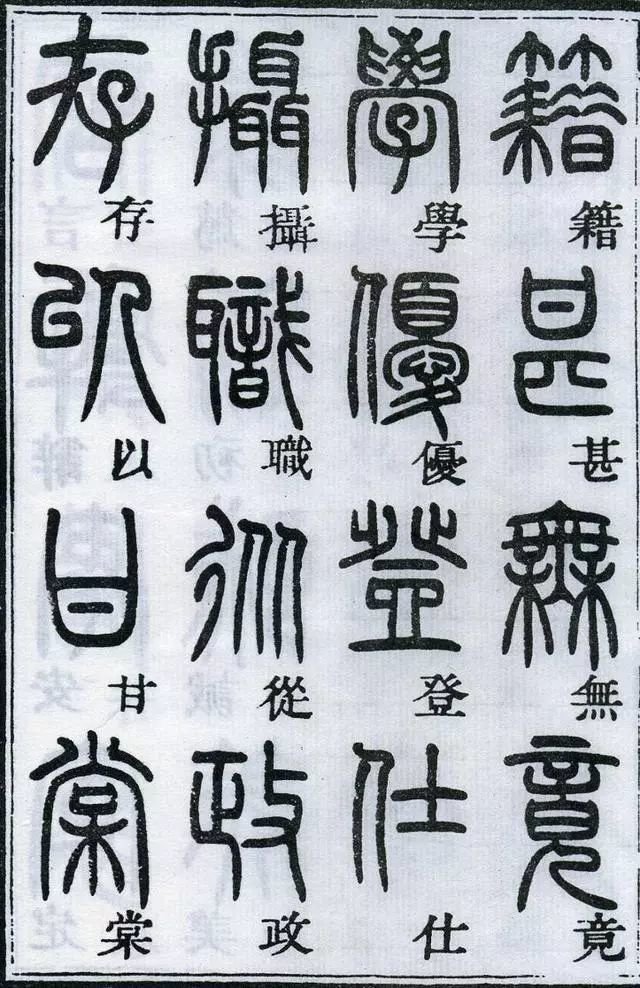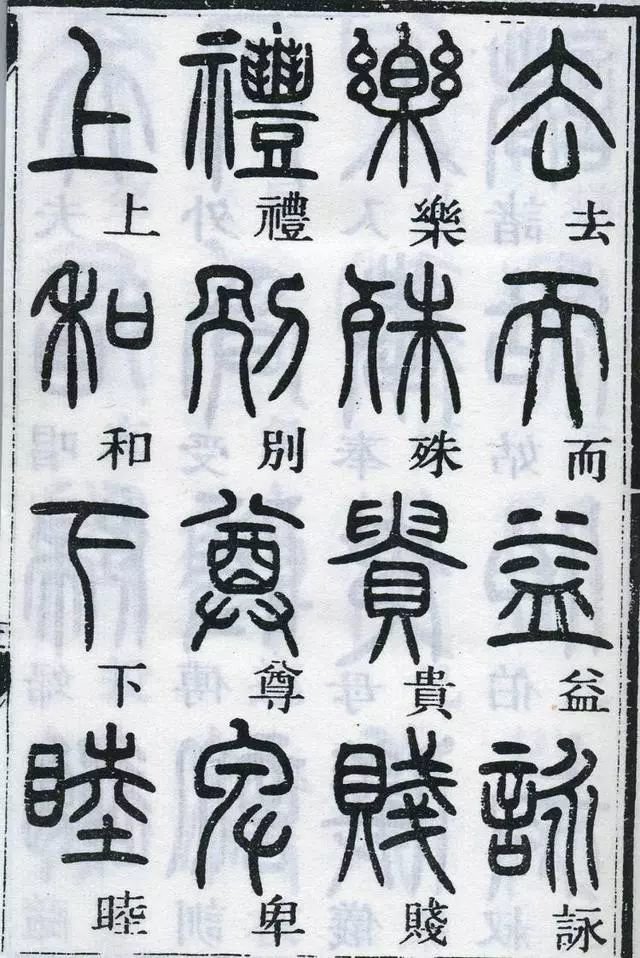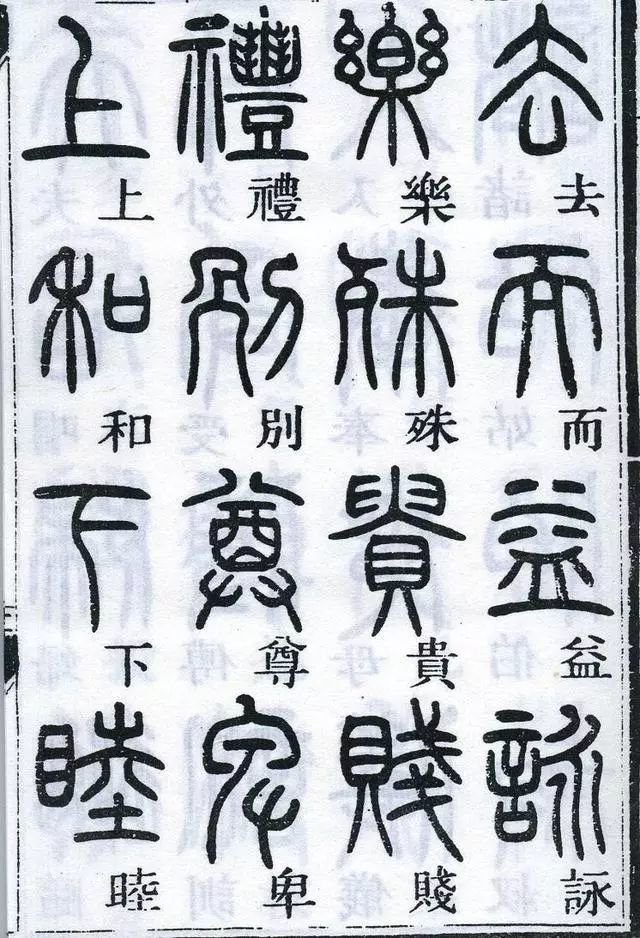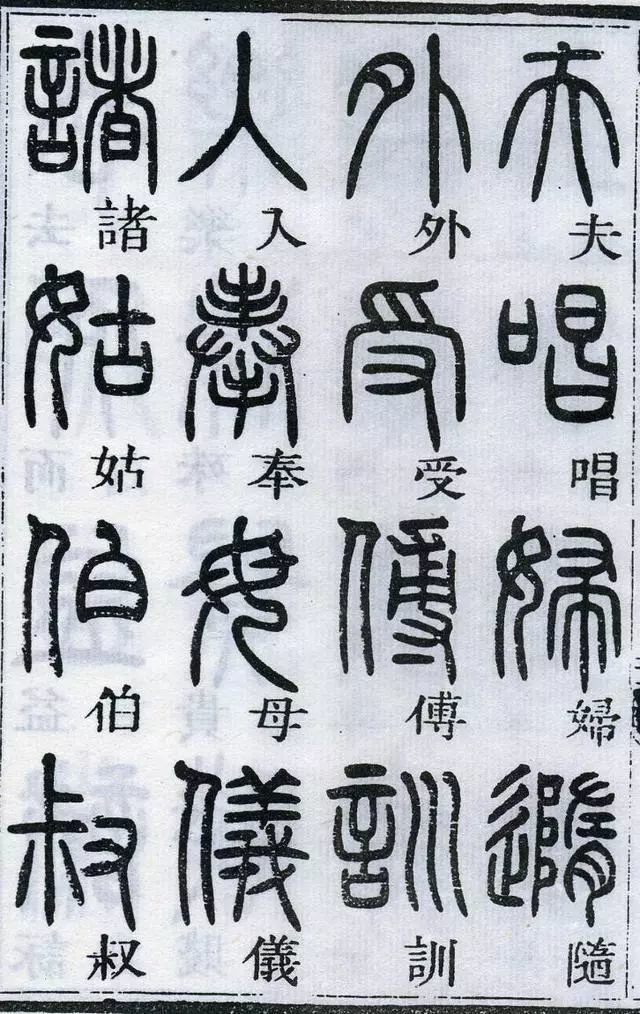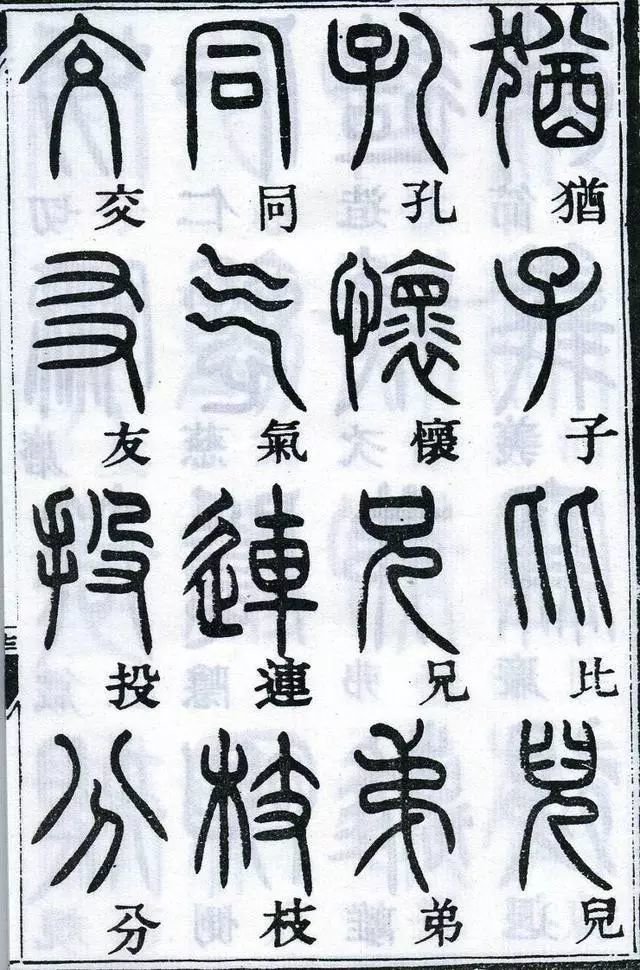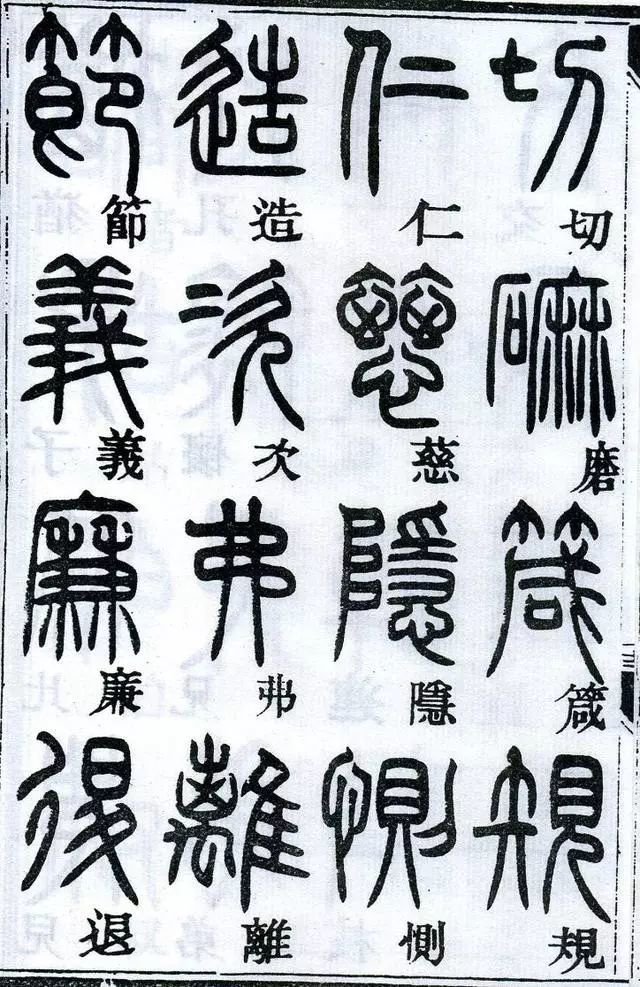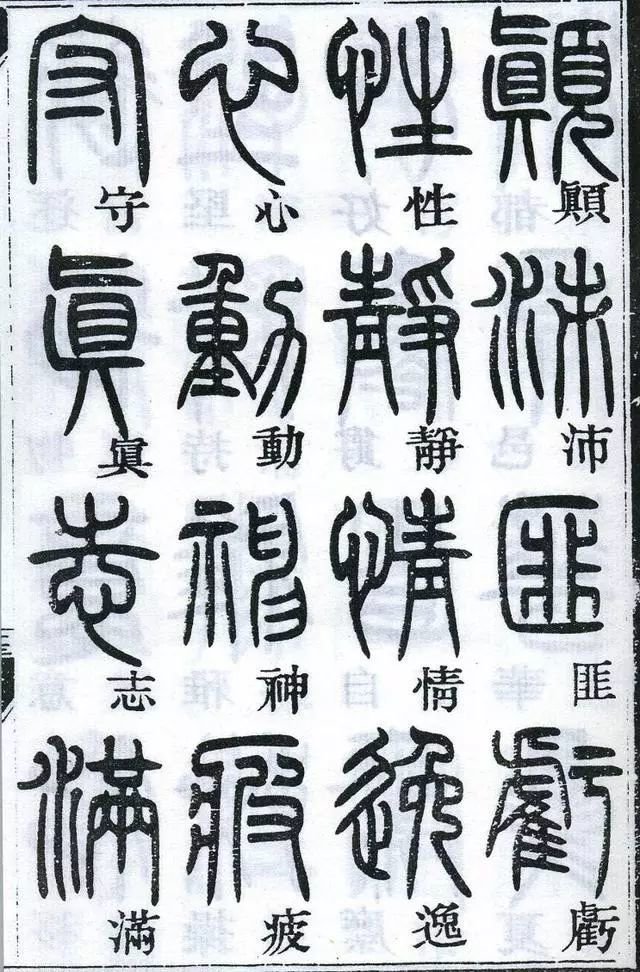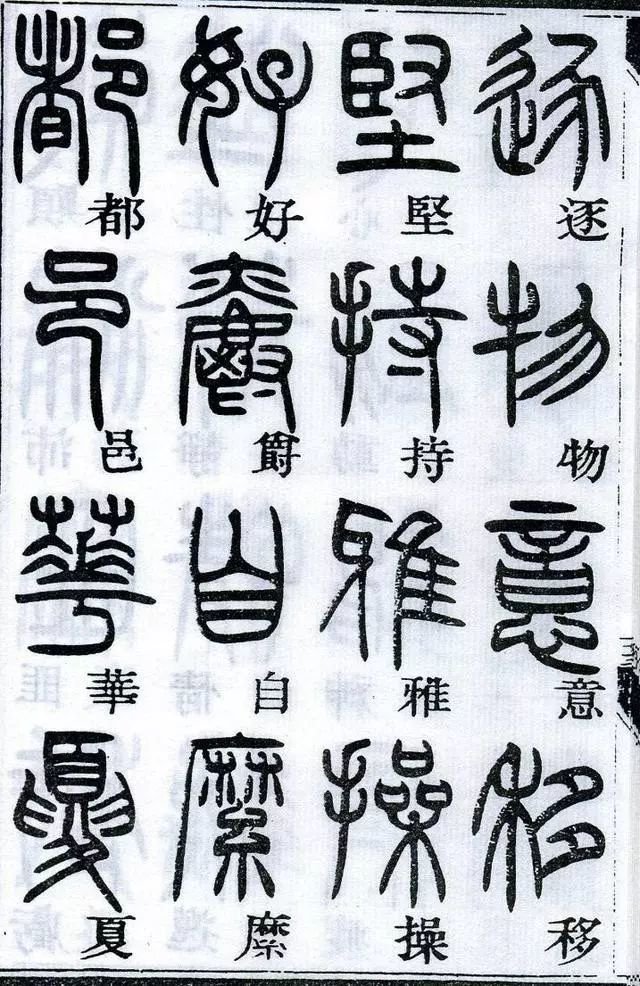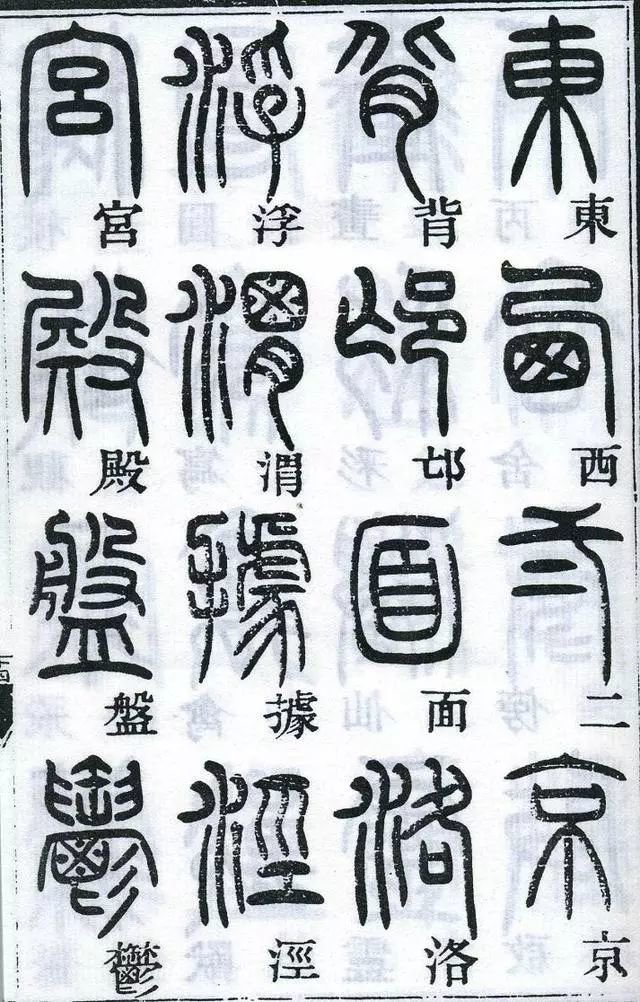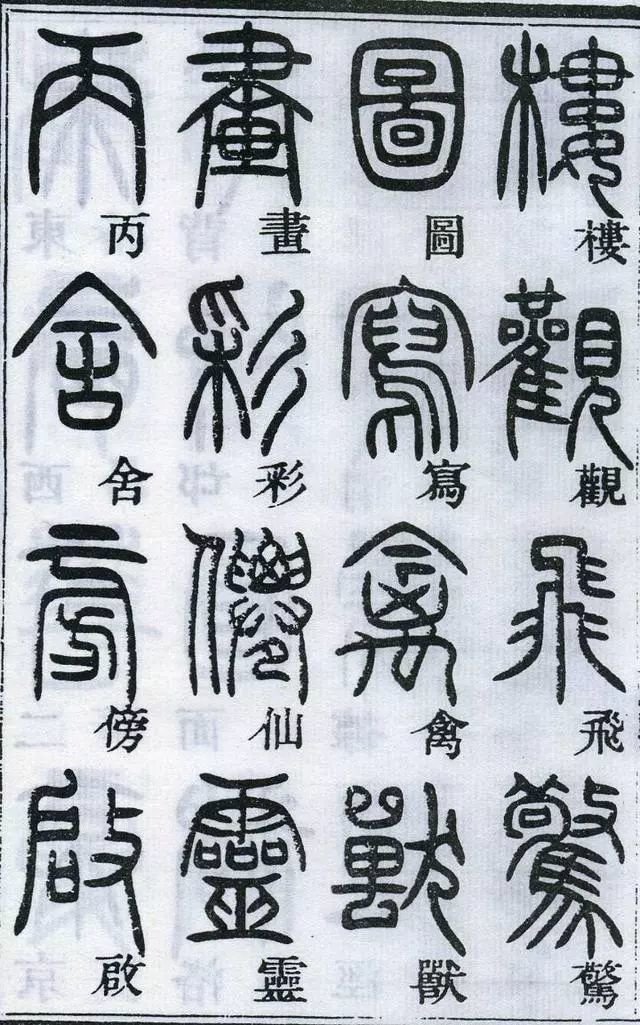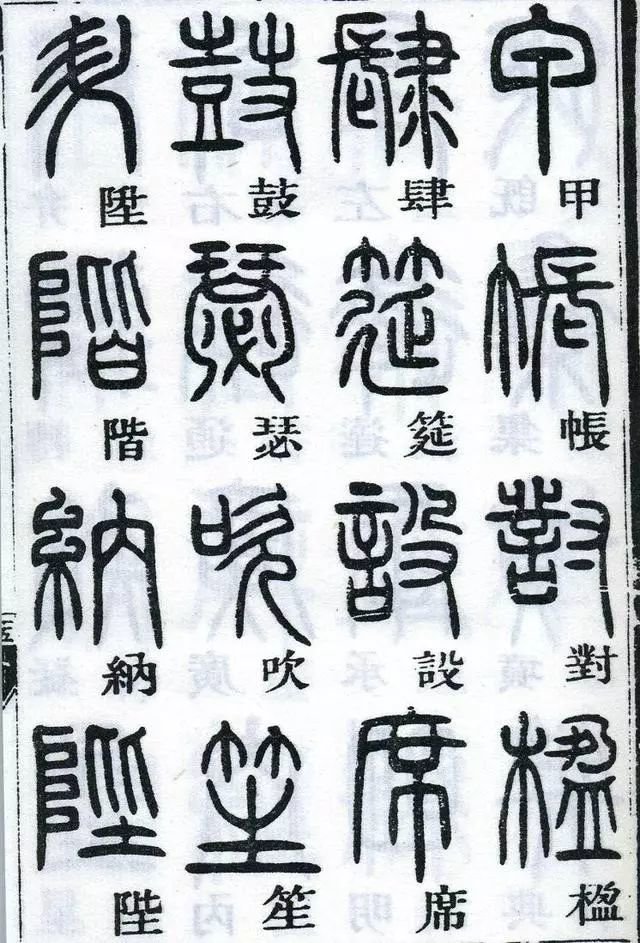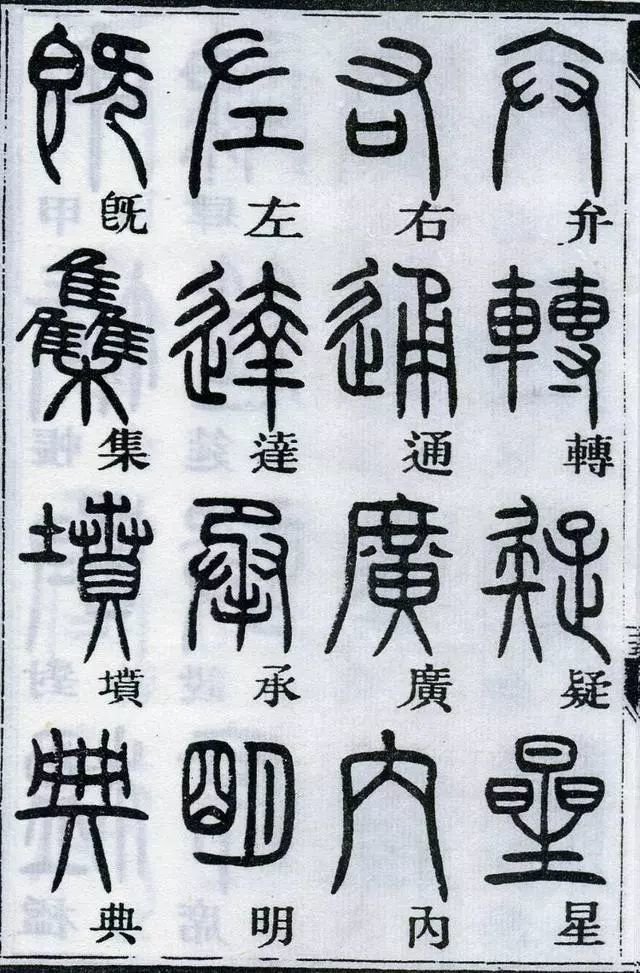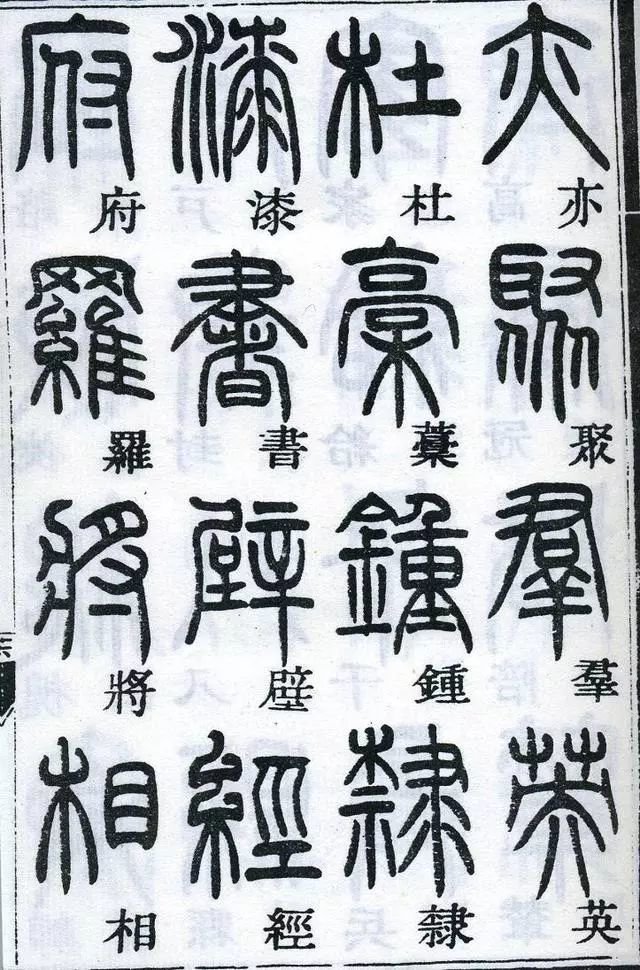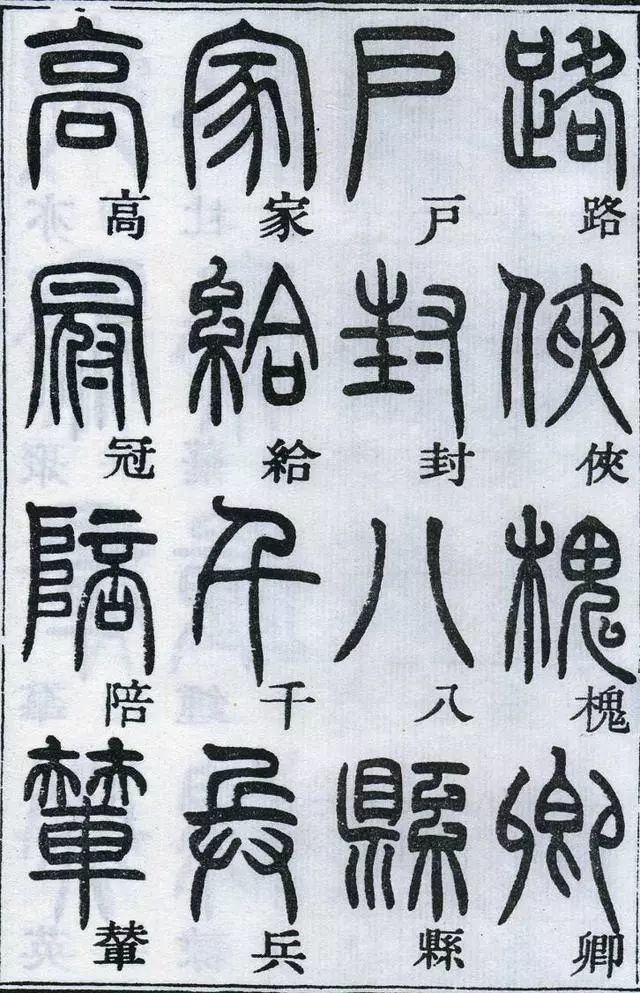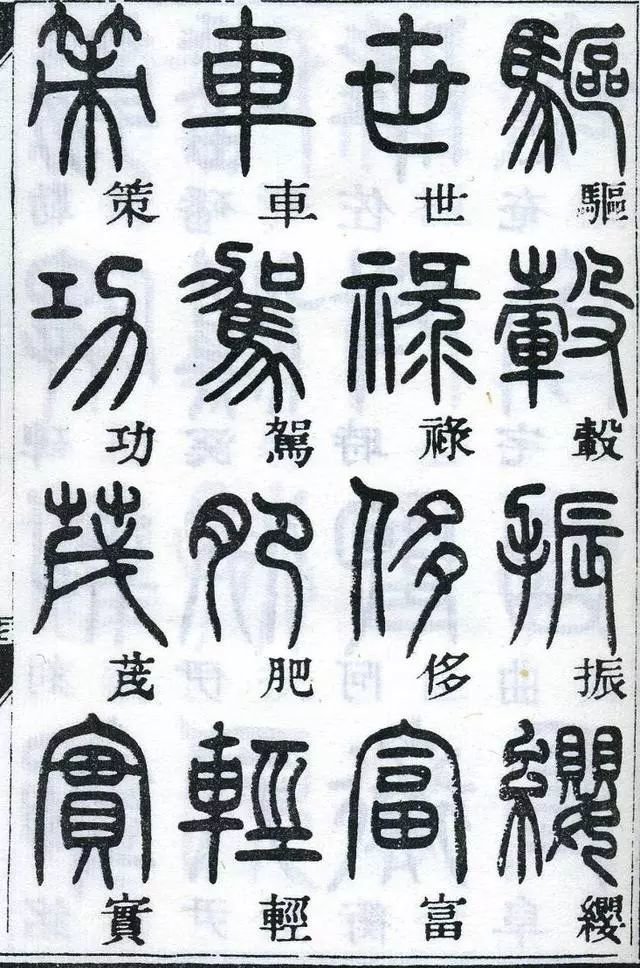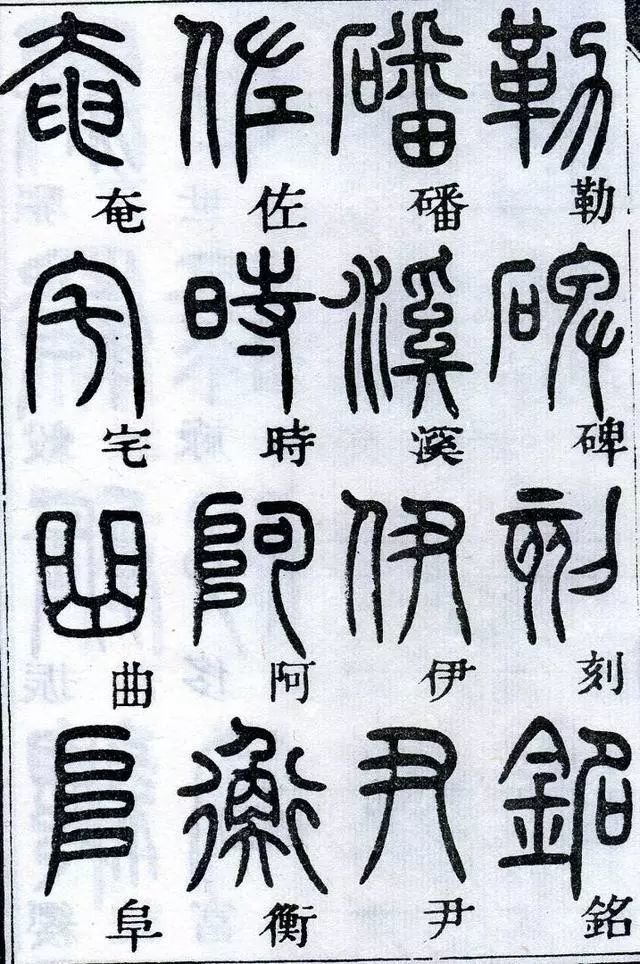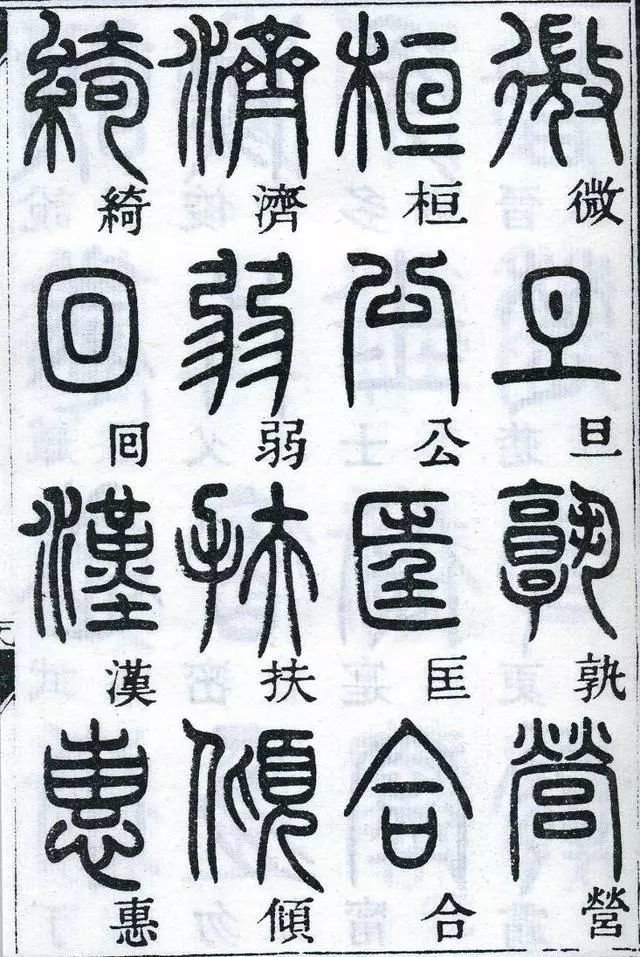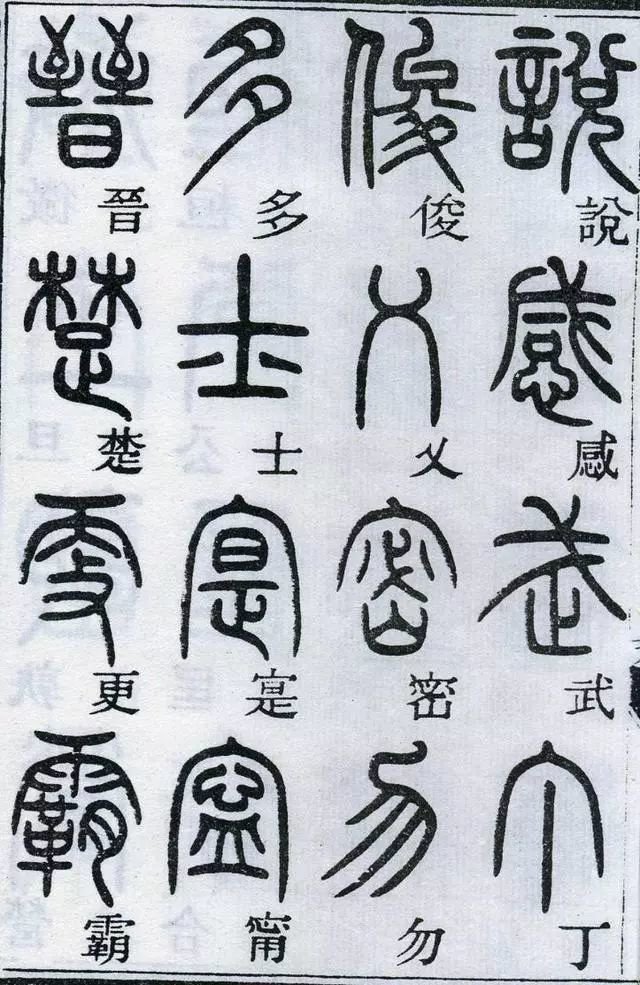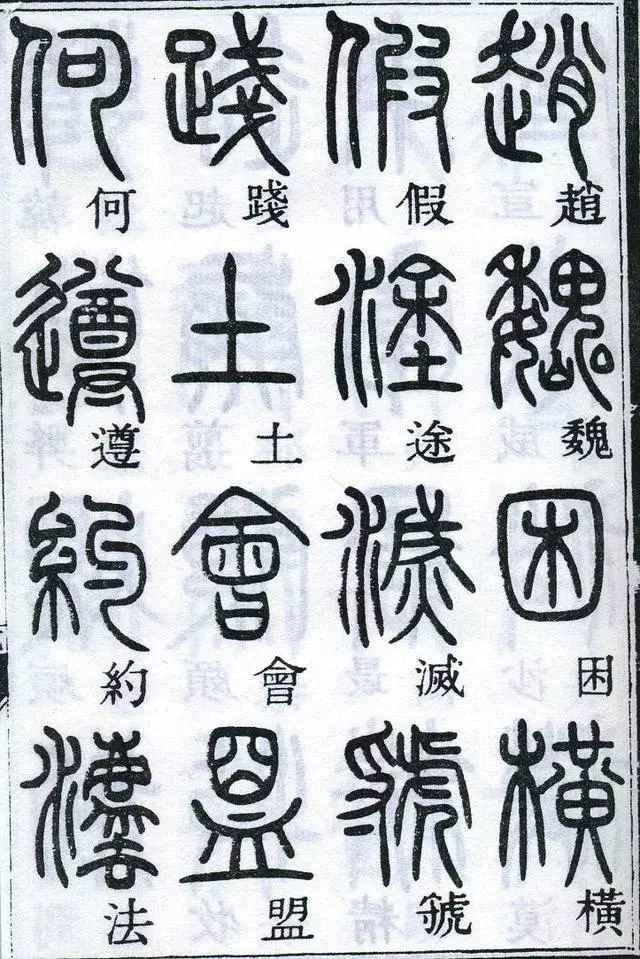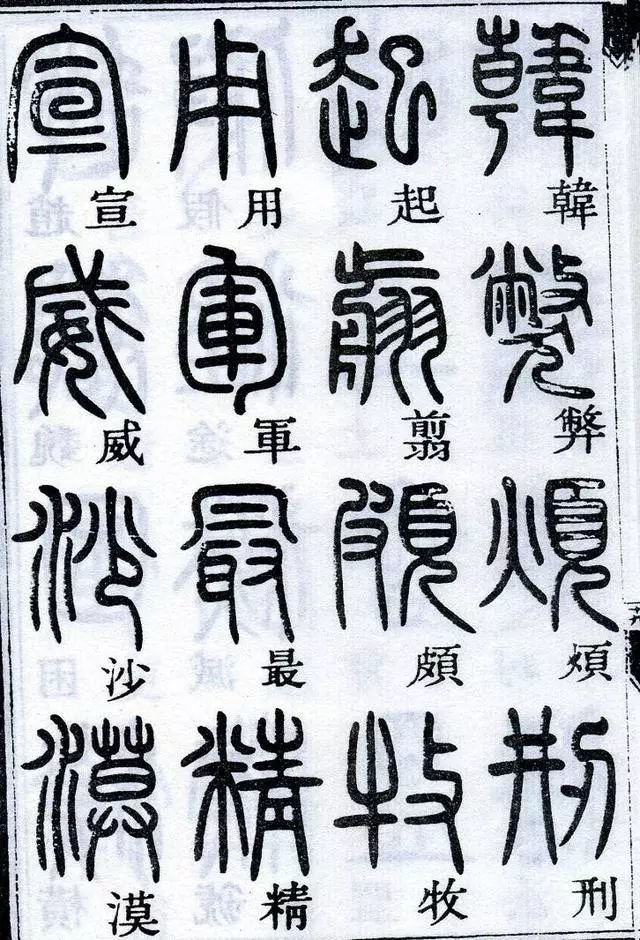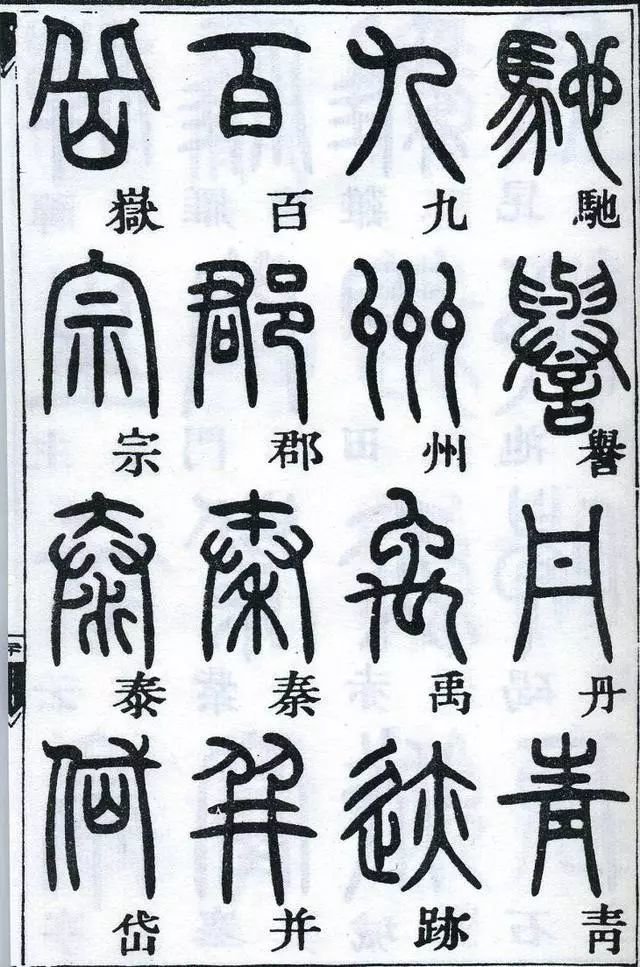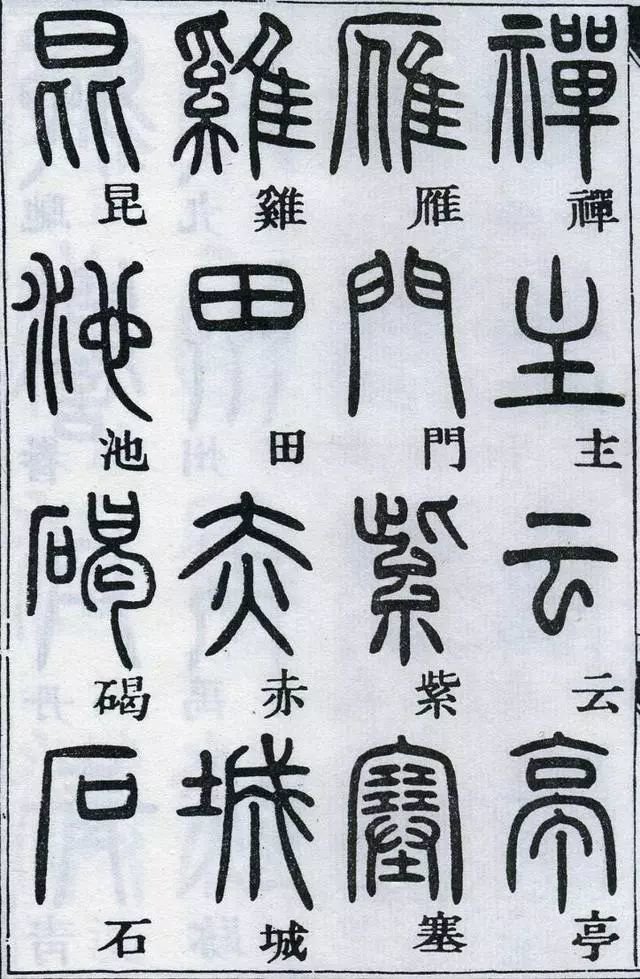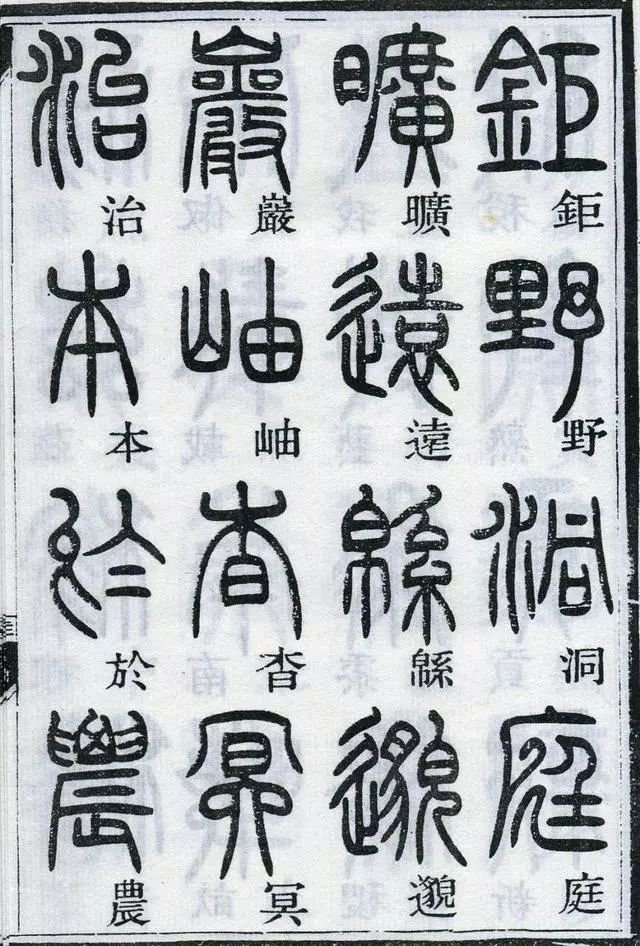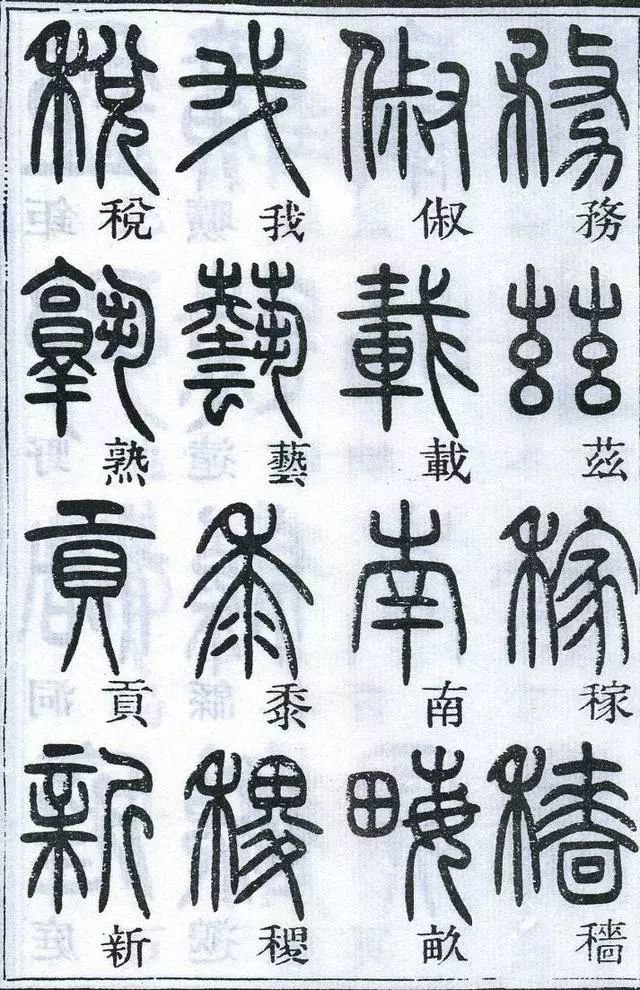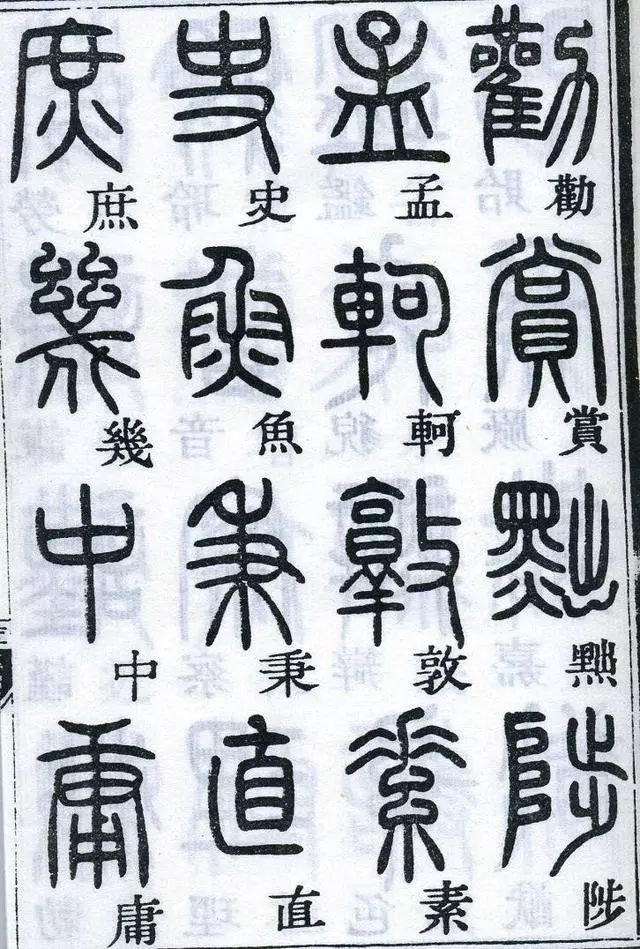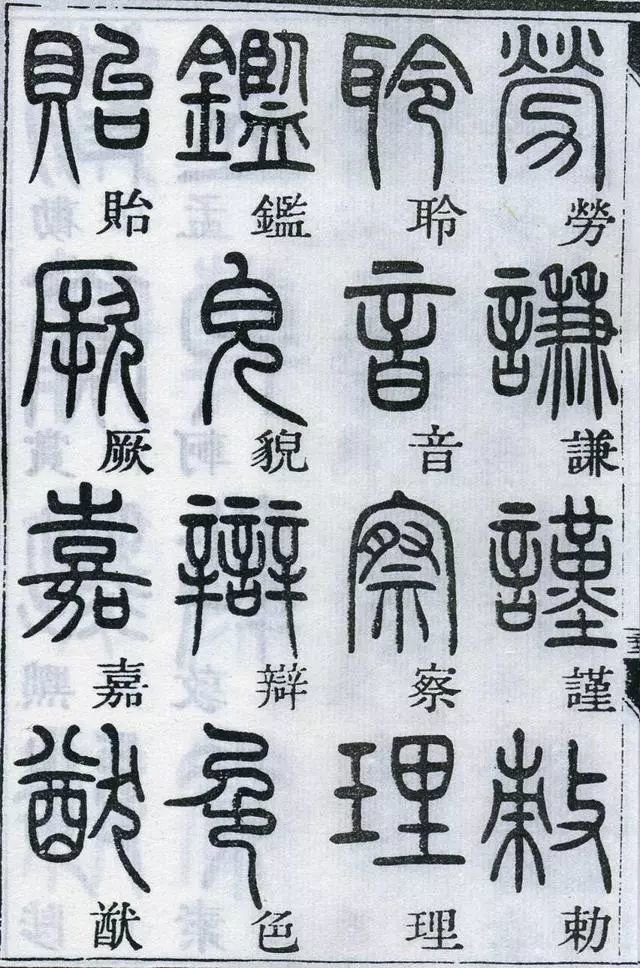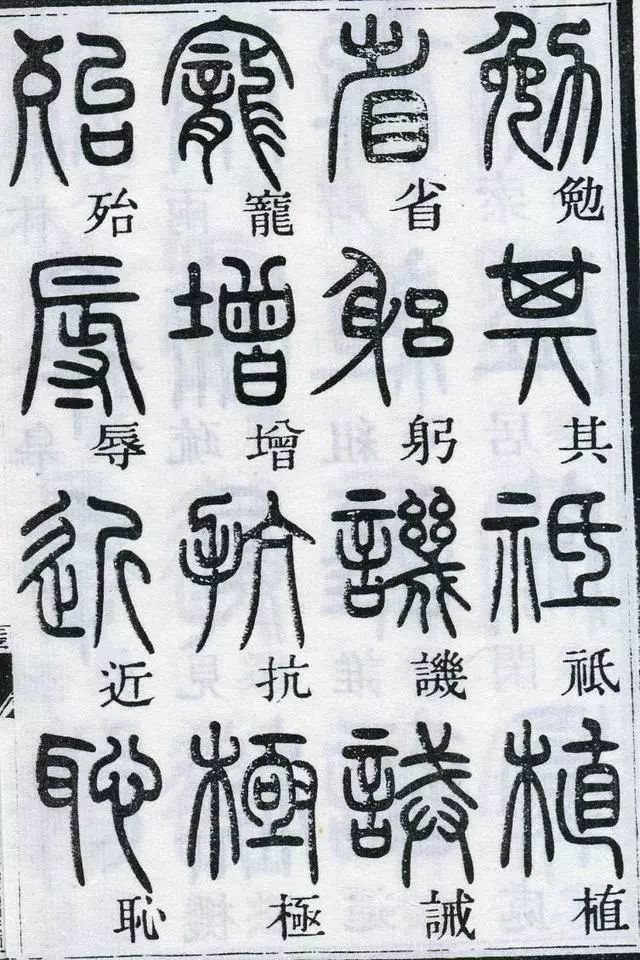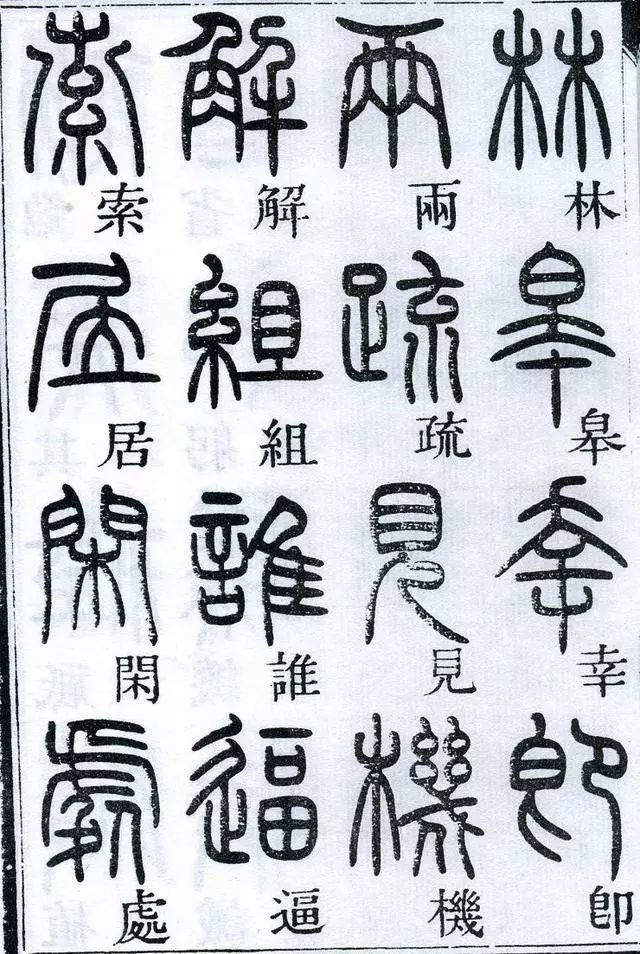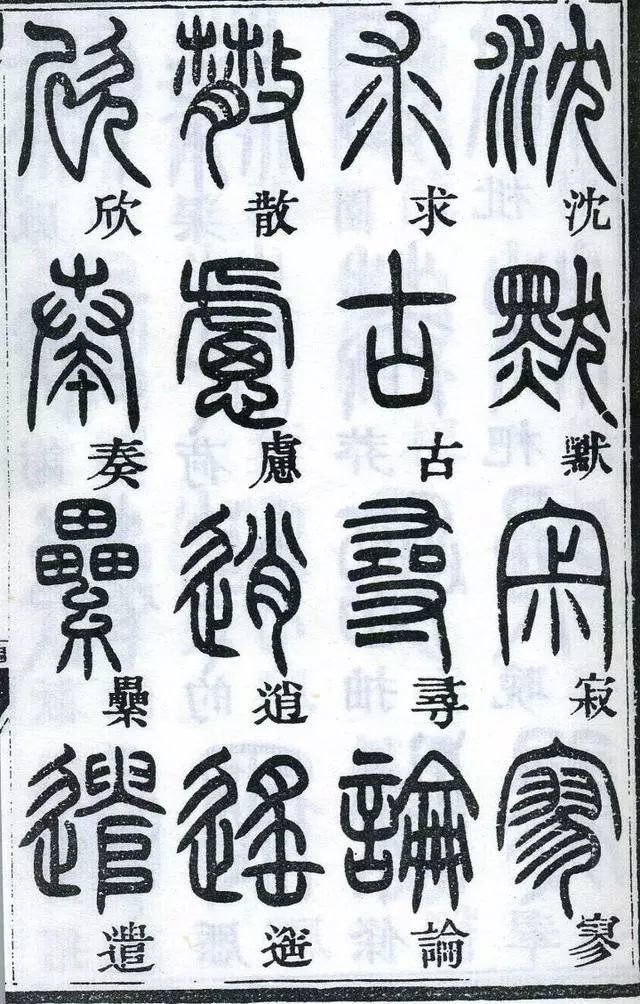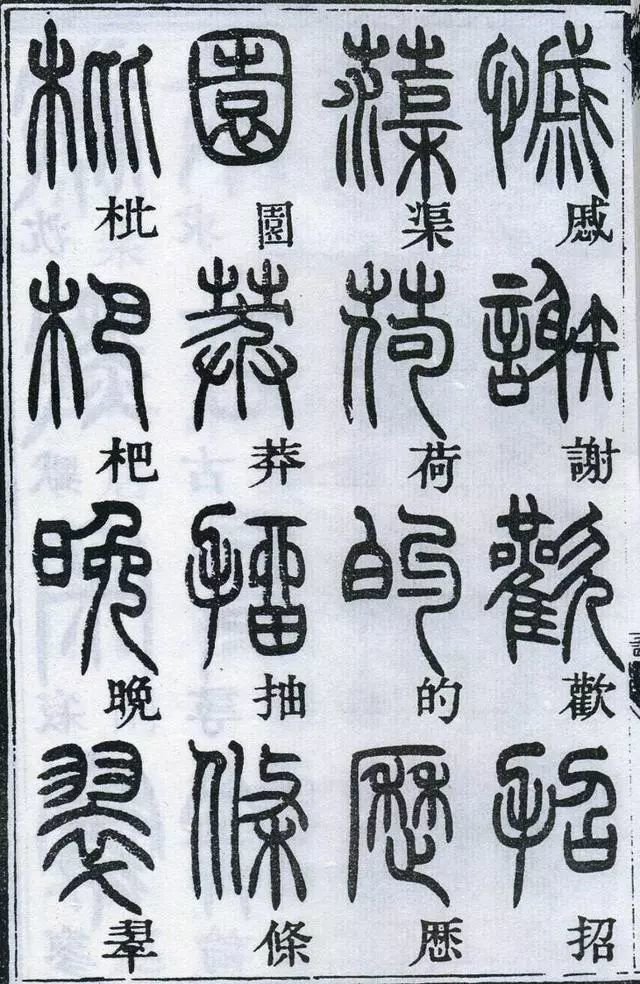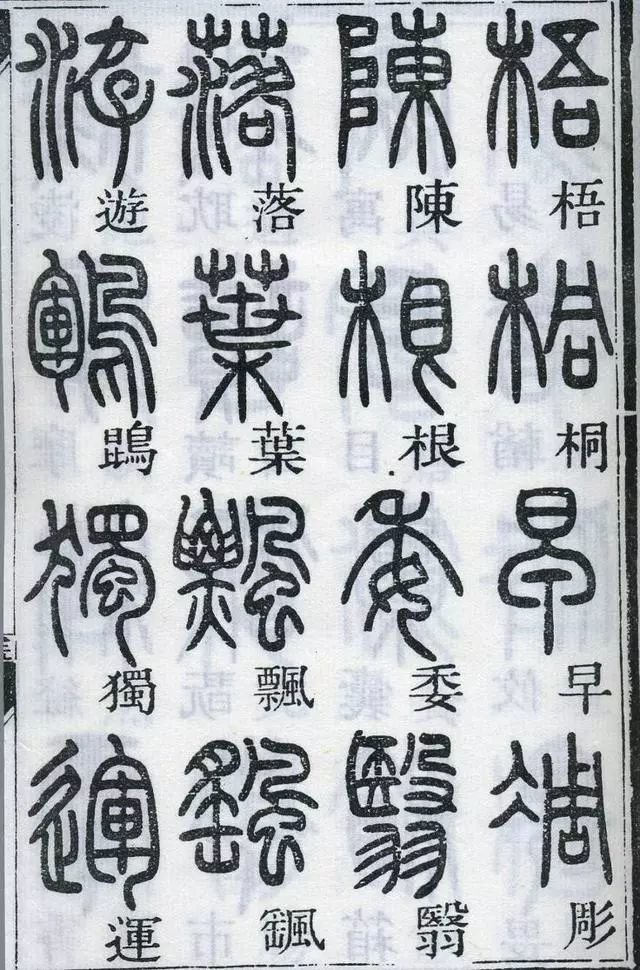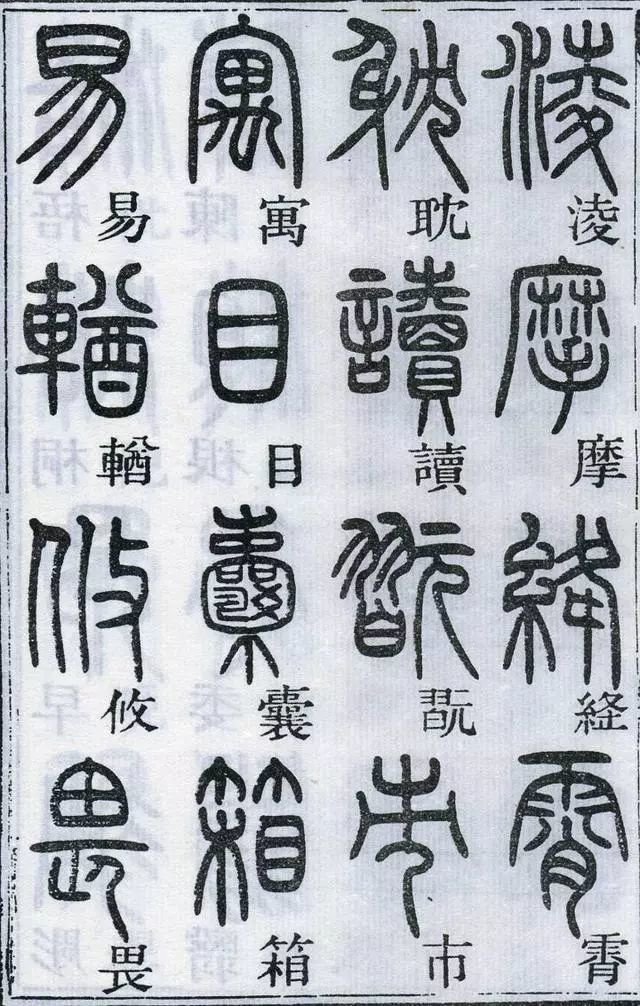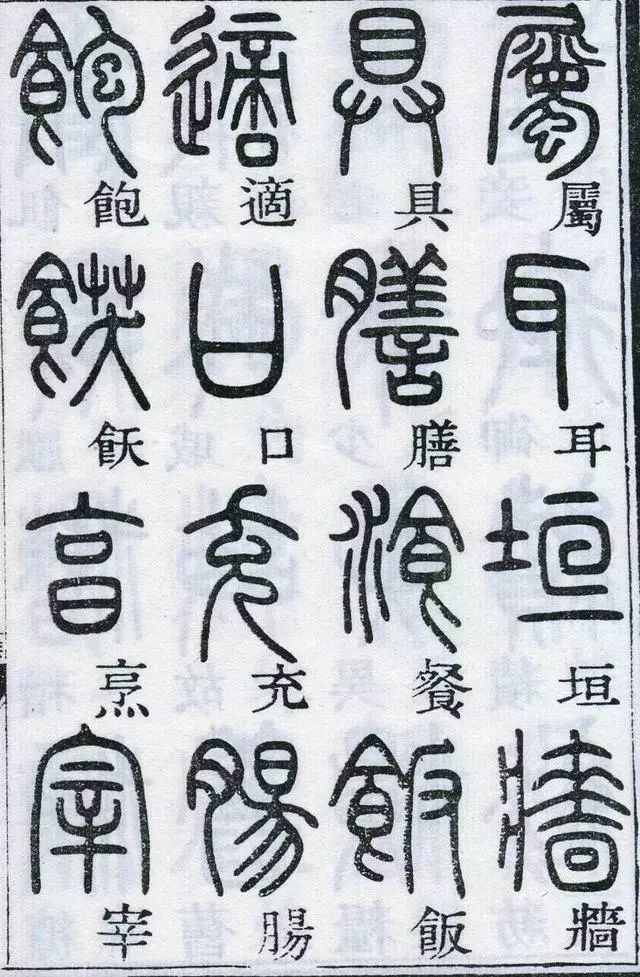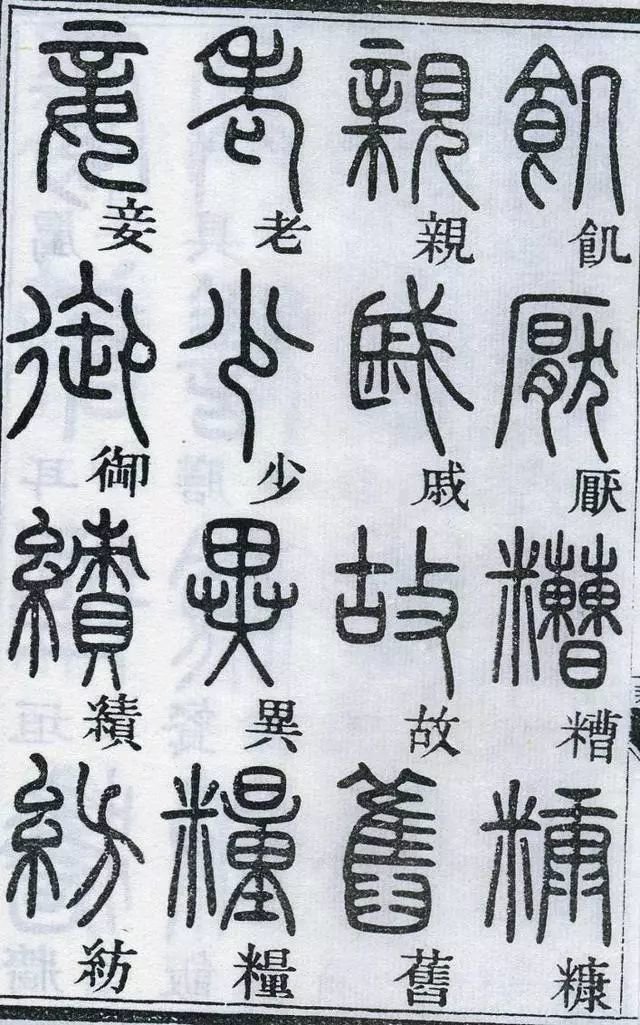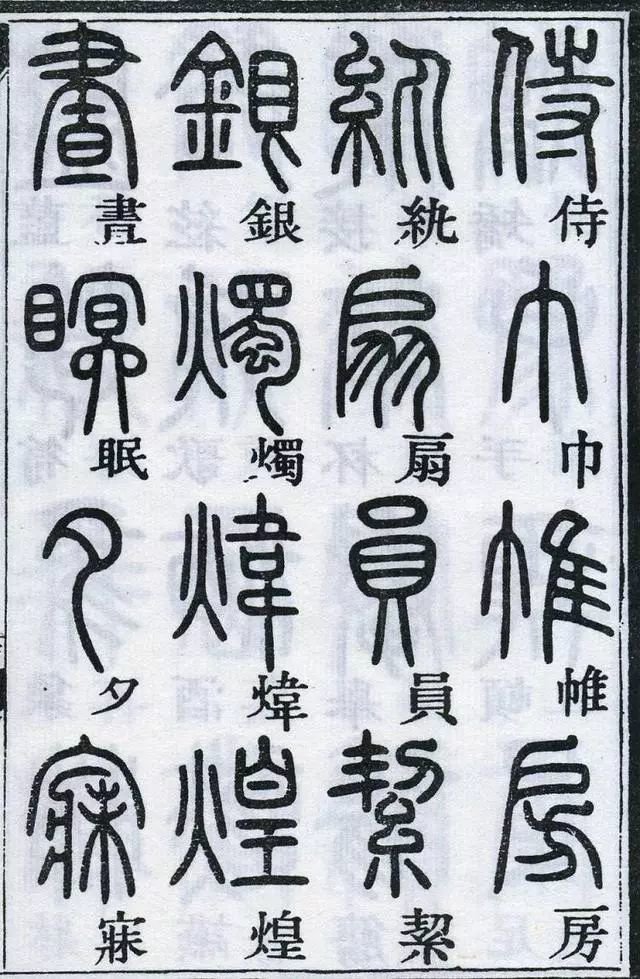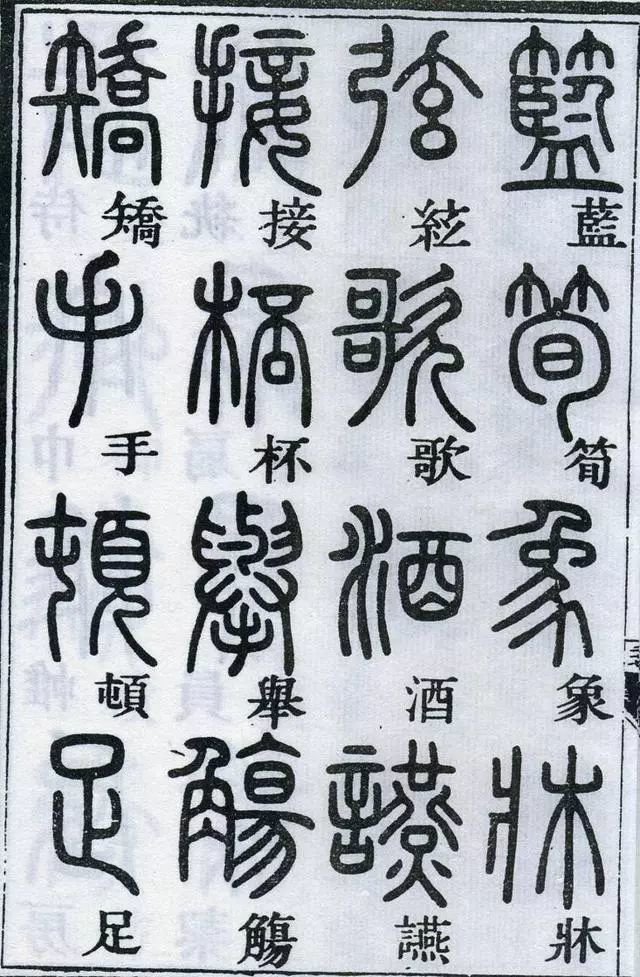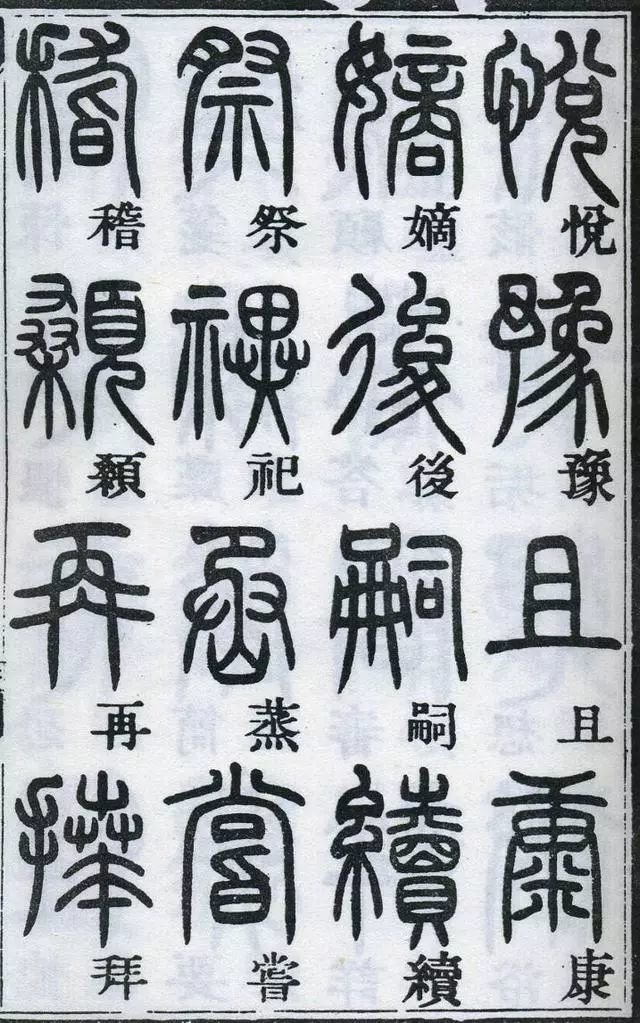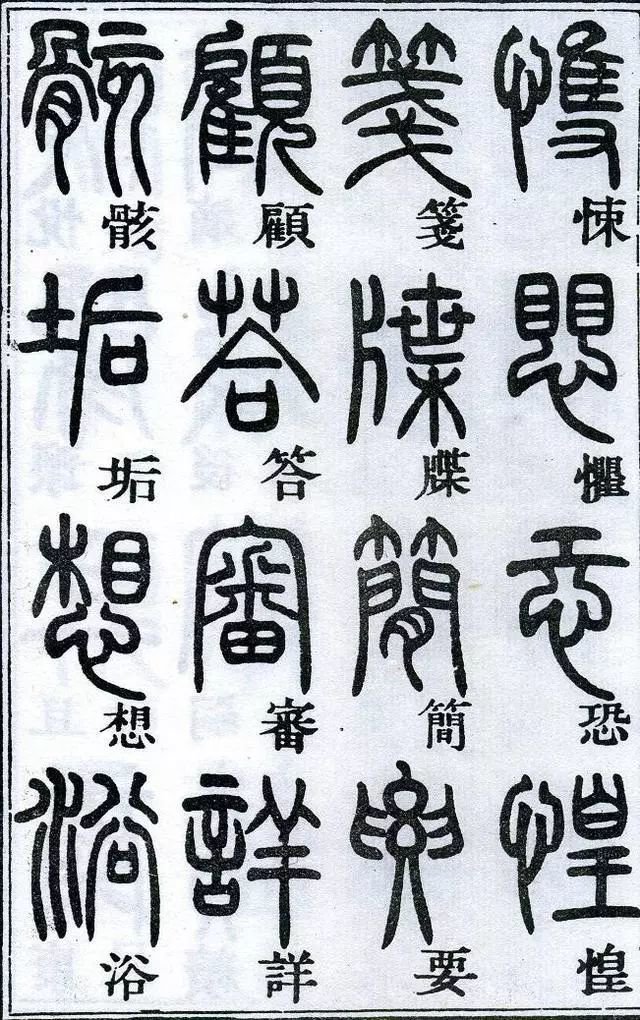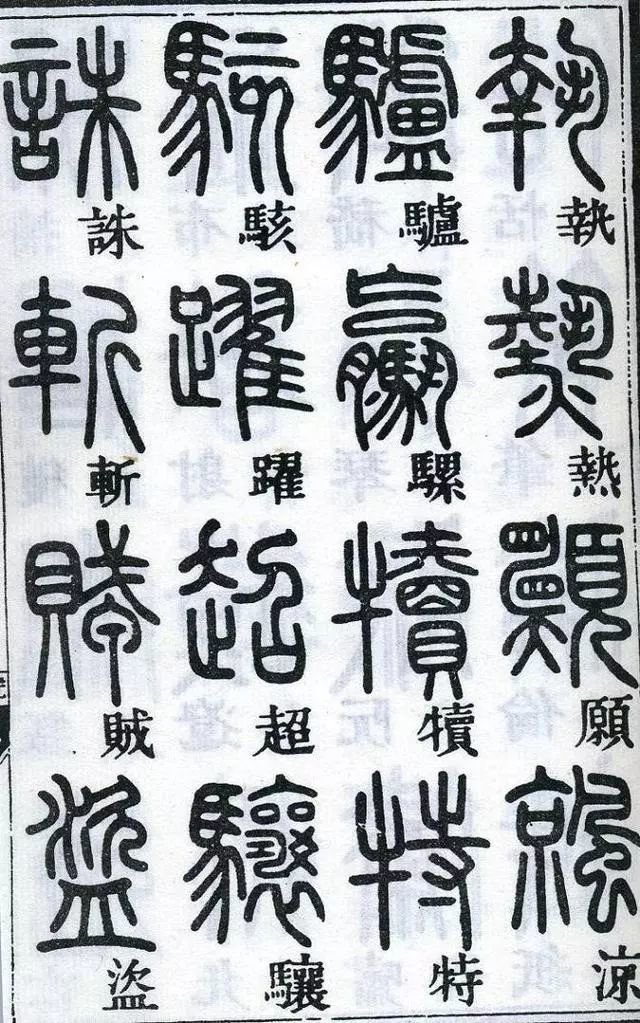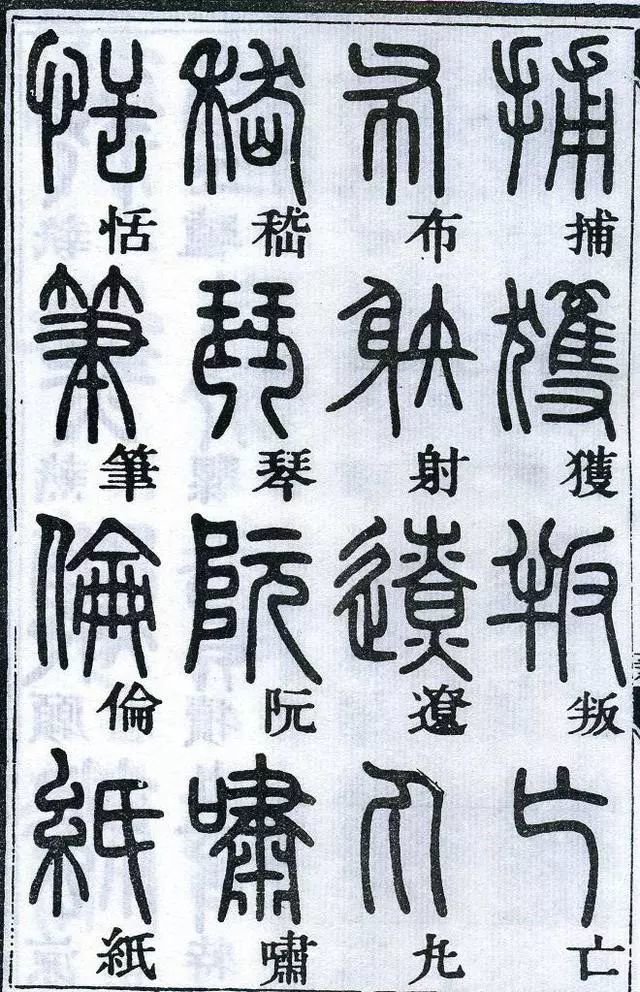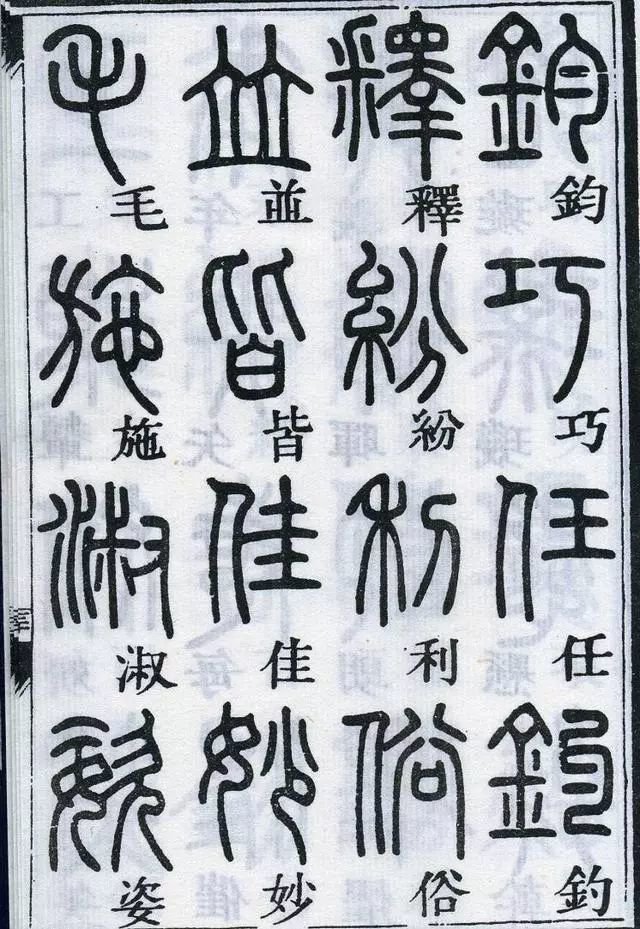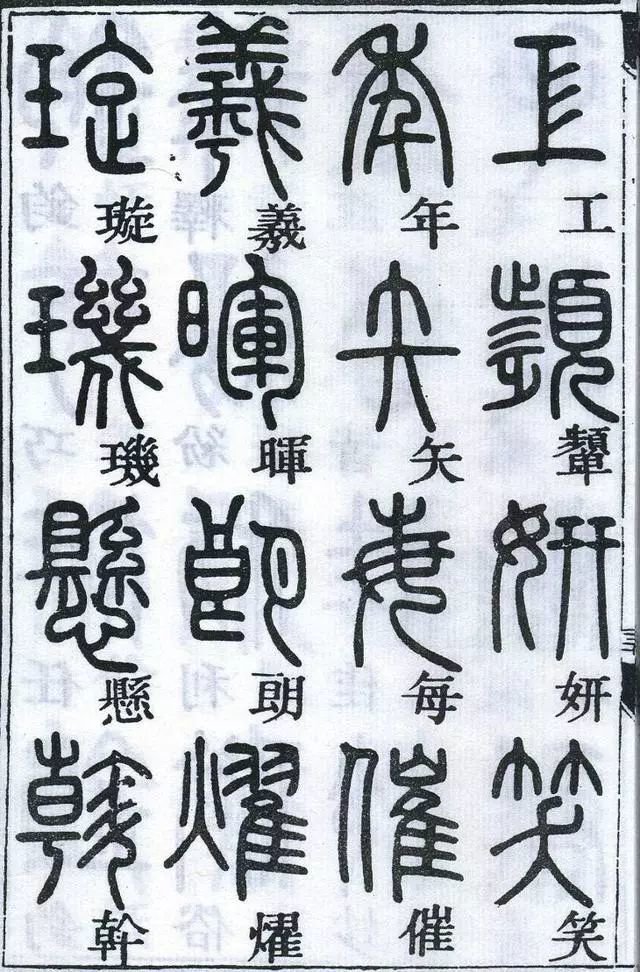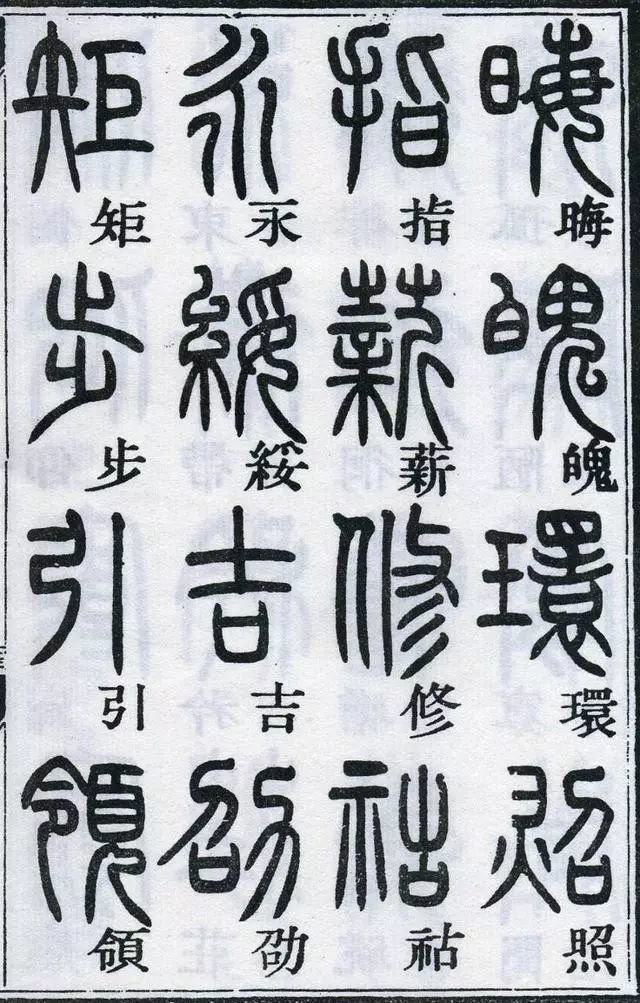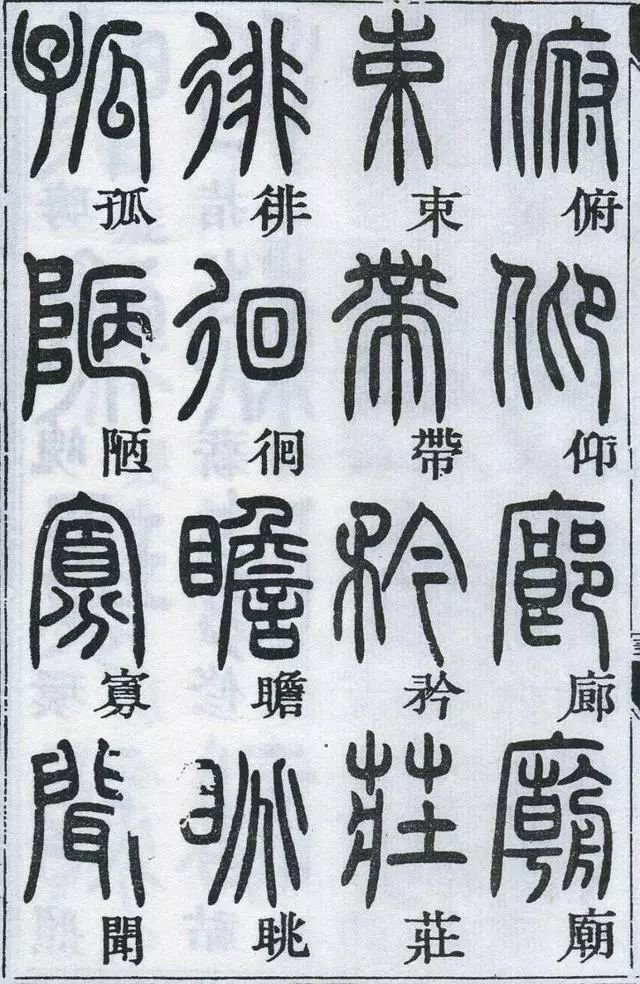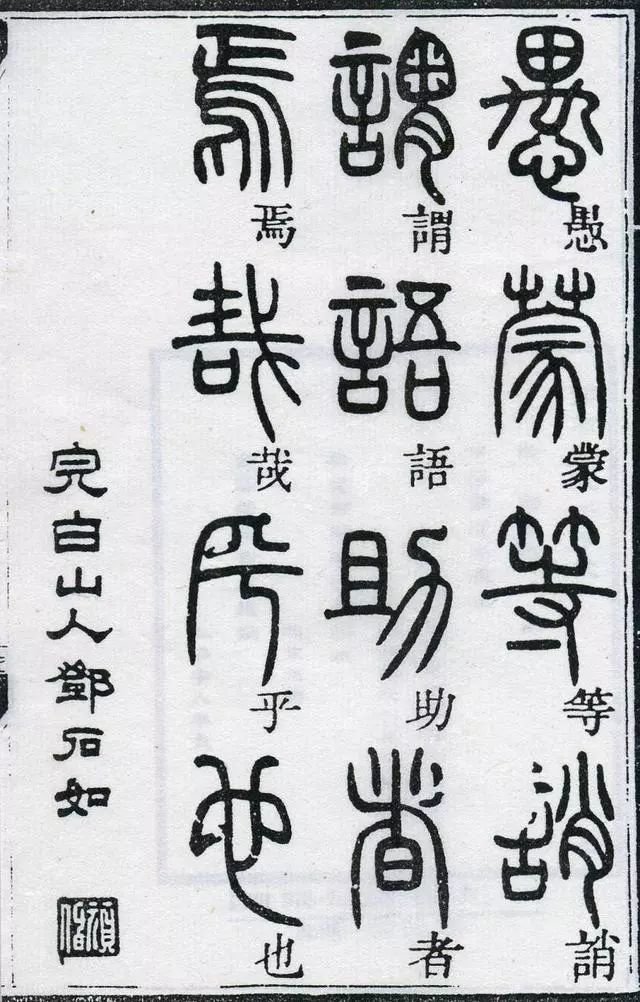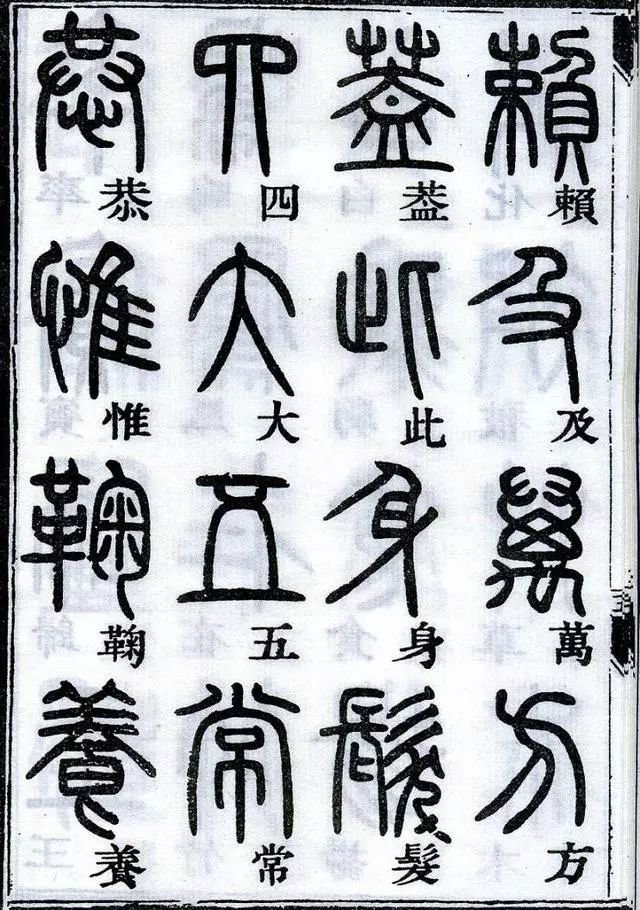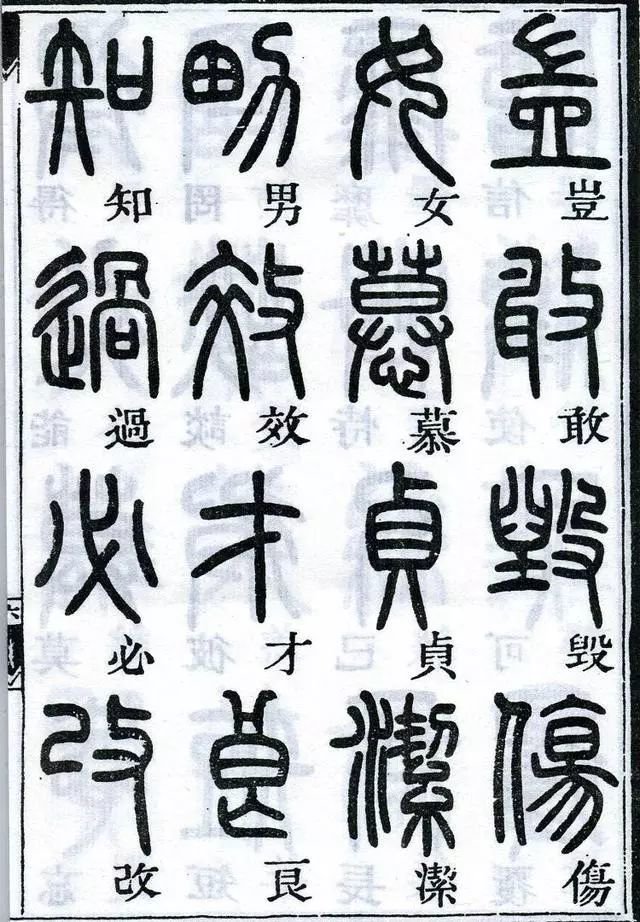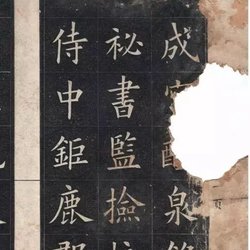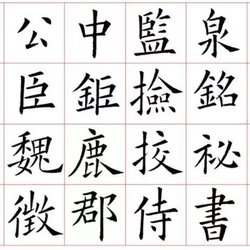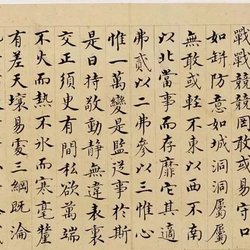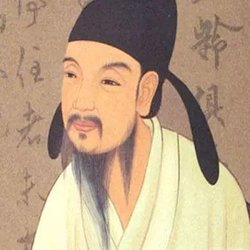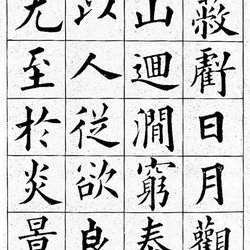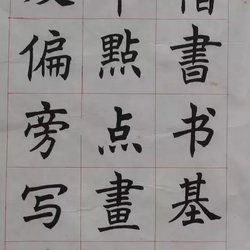Deng Shiru's Seal Script "Thousand-Character Essay"
Deng Shiru (1743-1805), originally named Yan and courtesy name Shiru, was a seal carver and calligrapher in the Qing Dynasty and the founder of the Deng School of seal cutting. A famous calligrapher, seal engraver, epigrapher and founder of the "Deng School" of seal engraving in the Qing Dynasty. He took Li Si of Qin and Li Yangbing of Tang as his sect, and with a little reference to Li's meaning, he was called Shenpin. He was a man of honest nature, traveled all over famous mountains and rivers, and supported himself by engraving books. There is "Wanbai Mountain People's Seal Engraving Occasionally Existing" extant.
Deng Shiru's calligraphy artistic achievements are mainly reflected in his attainments in seal script and official script. He first learned seal script from Li Si and Li Yangbing, and later studied "Chan Guo Mountain Stele", "Sangong Mountain Stele", "Tianfa Shen Prophecy Stele", stone drum inscriptions, Yi artifacts, and Han steles. Its font is slightly square, close to the Qin and Han dynasty tiles and Han dynasty stele foreheads, breaking through the barriers of jade chopsticks and seals that have existed for thousands of years, and creating a new style. The official calligrapher followed the Han stele, but the structure changed from flat to rectangular, the strokes changed from elegant to dignified, and the composition was different from the strict and majestic, giving the Qing Dynasty official calligraphy style a unique image. Deng Shiru also had profound attainments in other calligraphy styles. His regular script is modeled on tablets from the Six Dynasties, as well as the physical postures of Ouyang Xun and Ouyang Tong, father and son of the Tang Dynasty. The square and round pens are used interchangeably, and the characters are densely knotted. It has a decisive and decisive attitude. His cursive writing mainly absorbed the cursive techniques of Jin and Tang Dynasties. His writing style is dignified, slow and astringent, and he makes good use of flying white, which gives him a vigorous and misty style. He was so outstanding that his calligraphy art was ranked first in the Qing Dynasty at that time.
